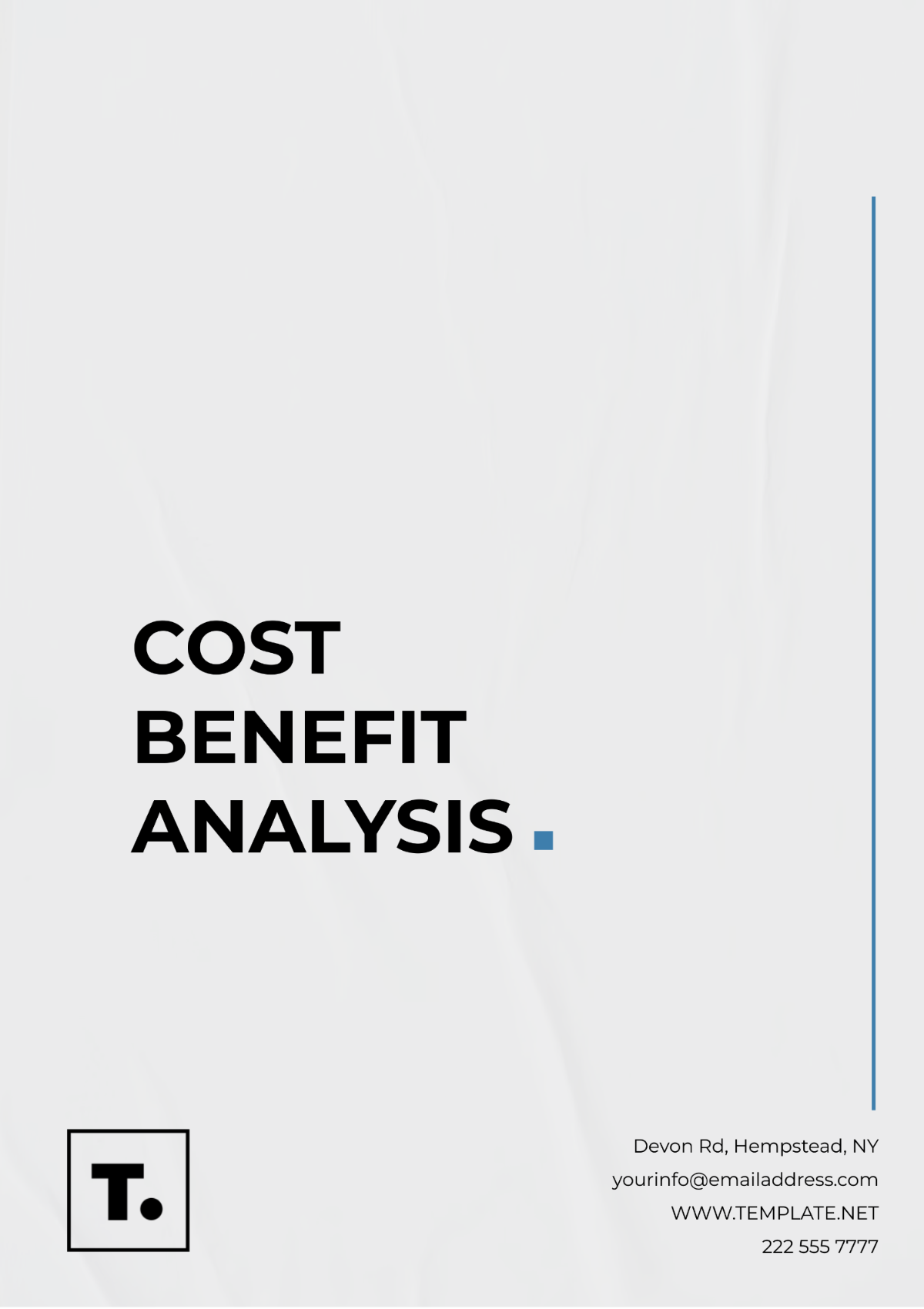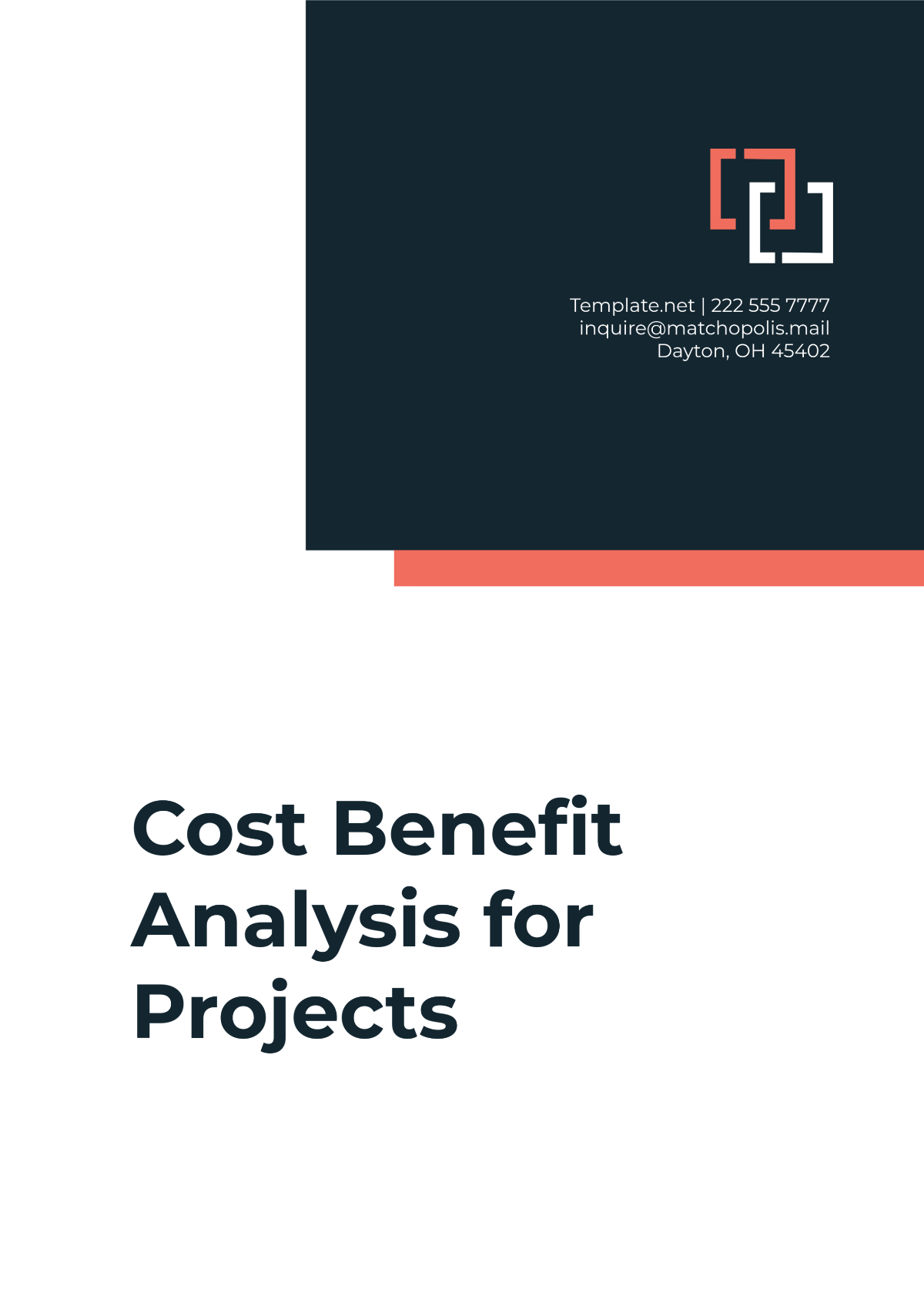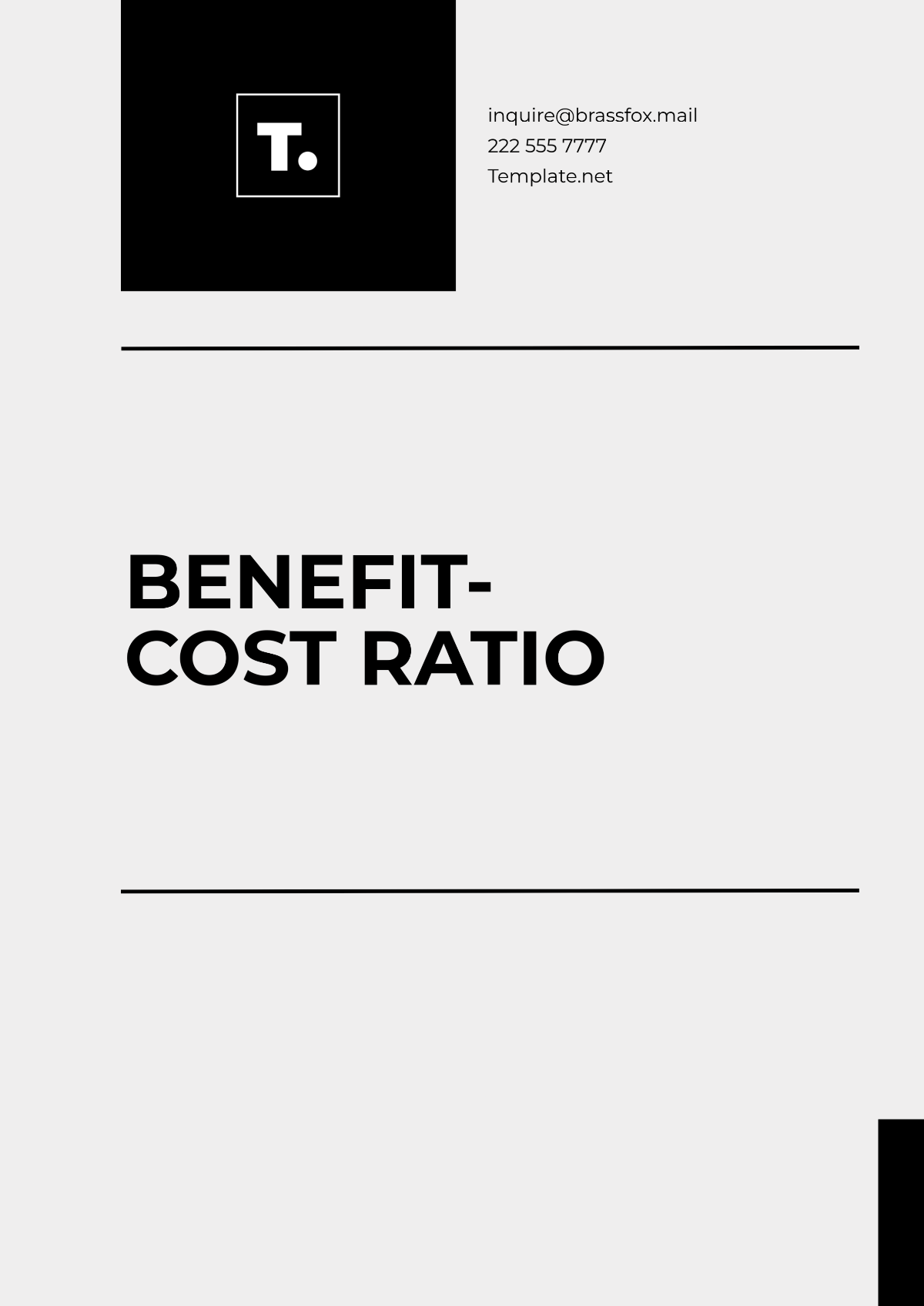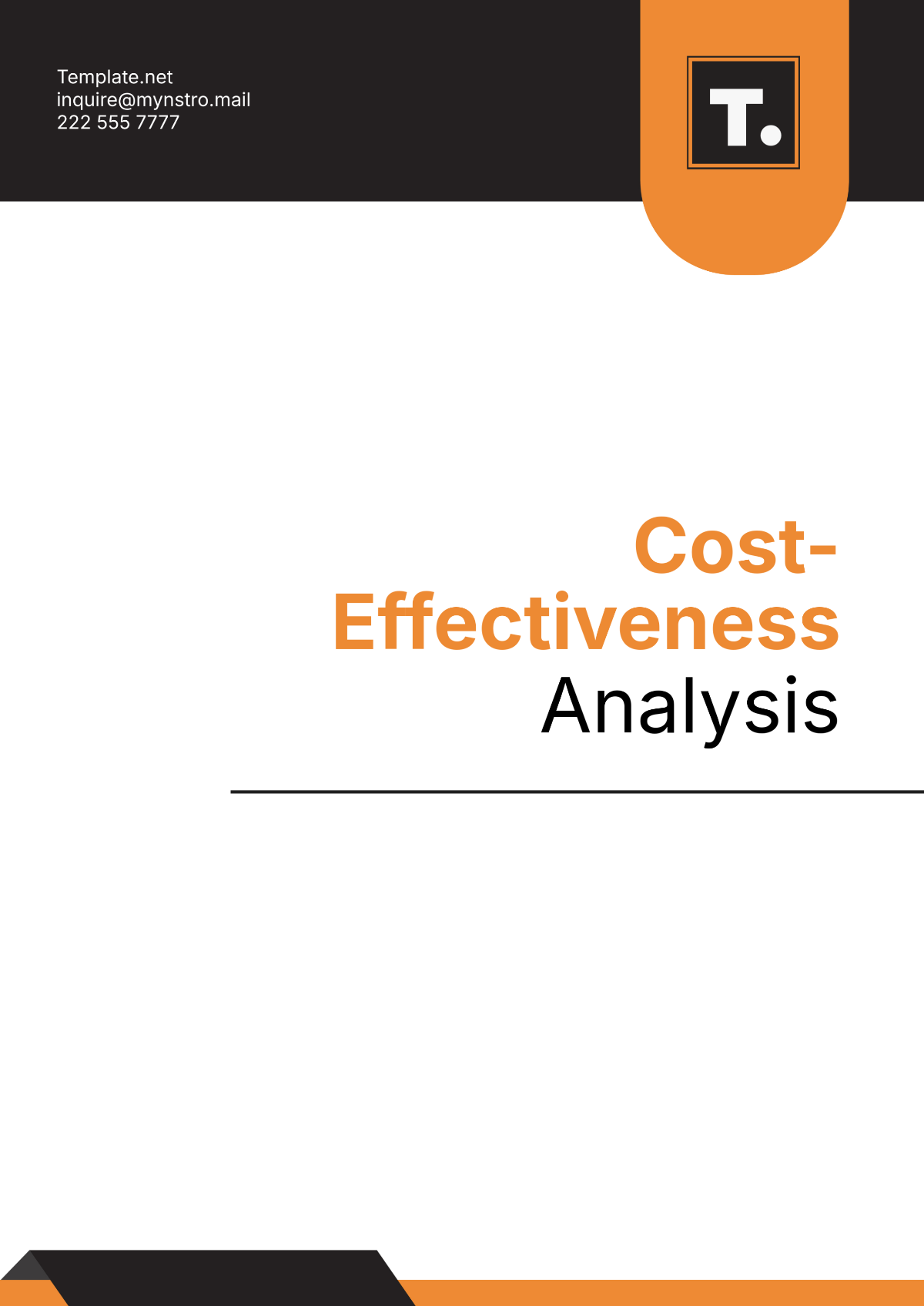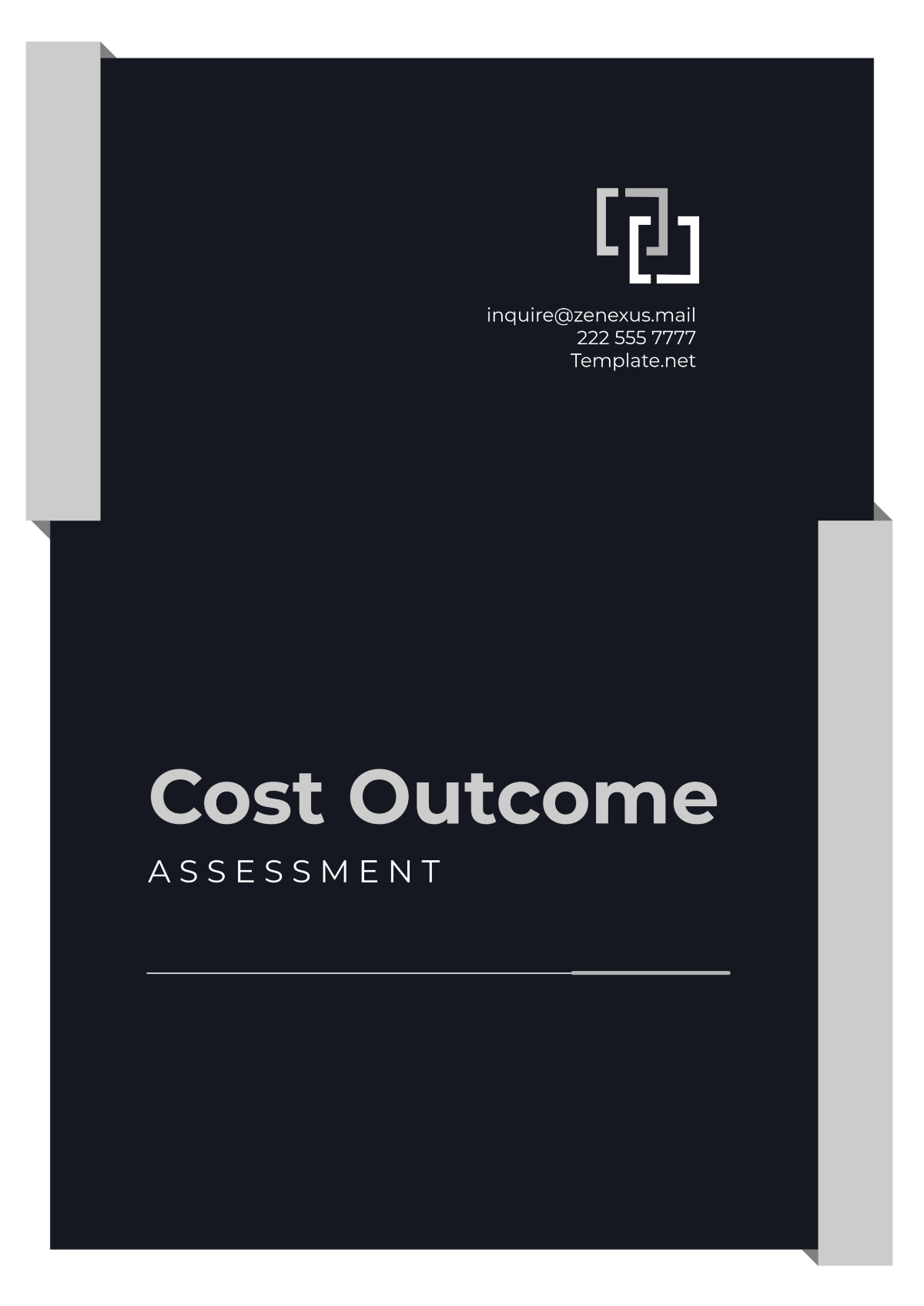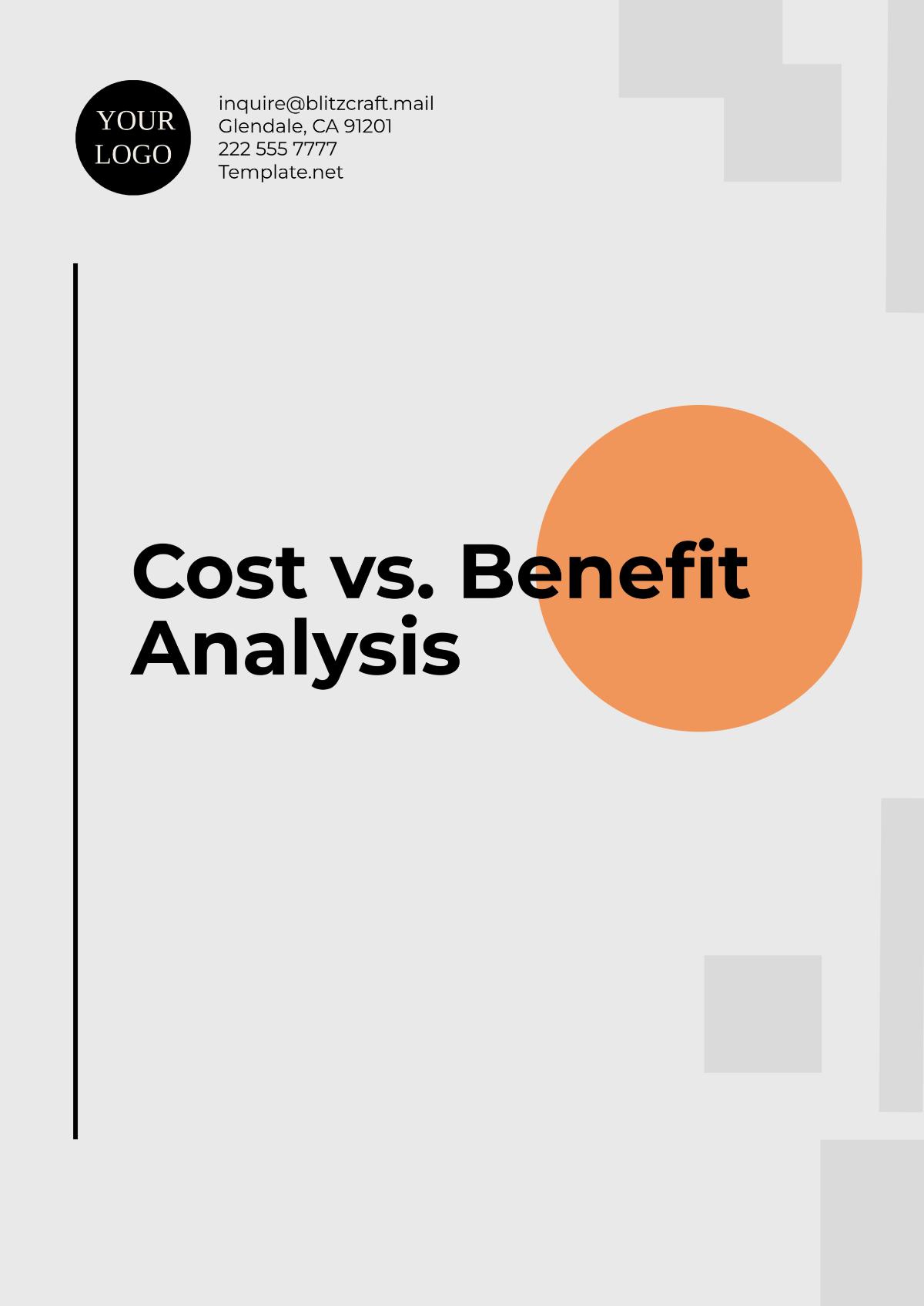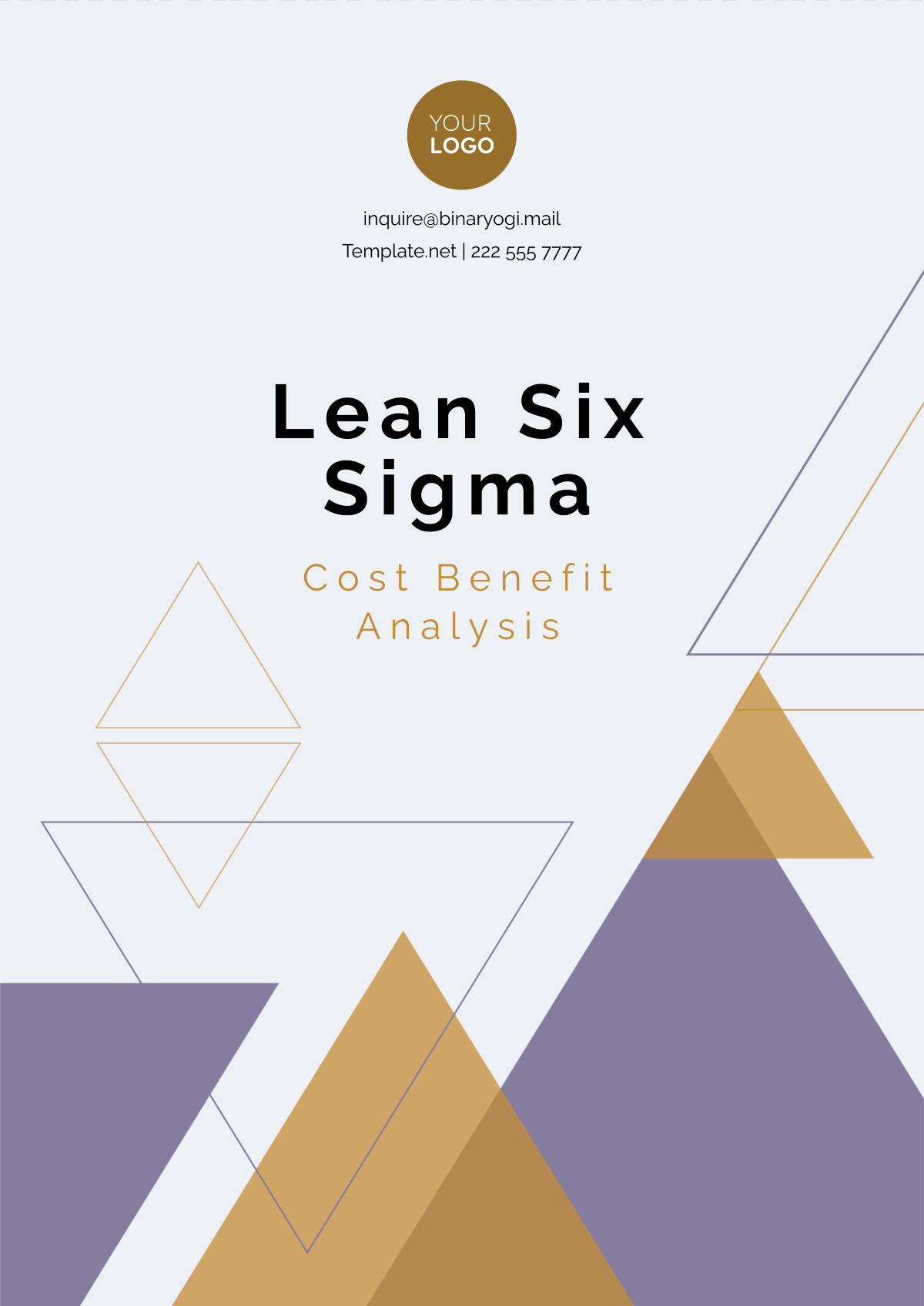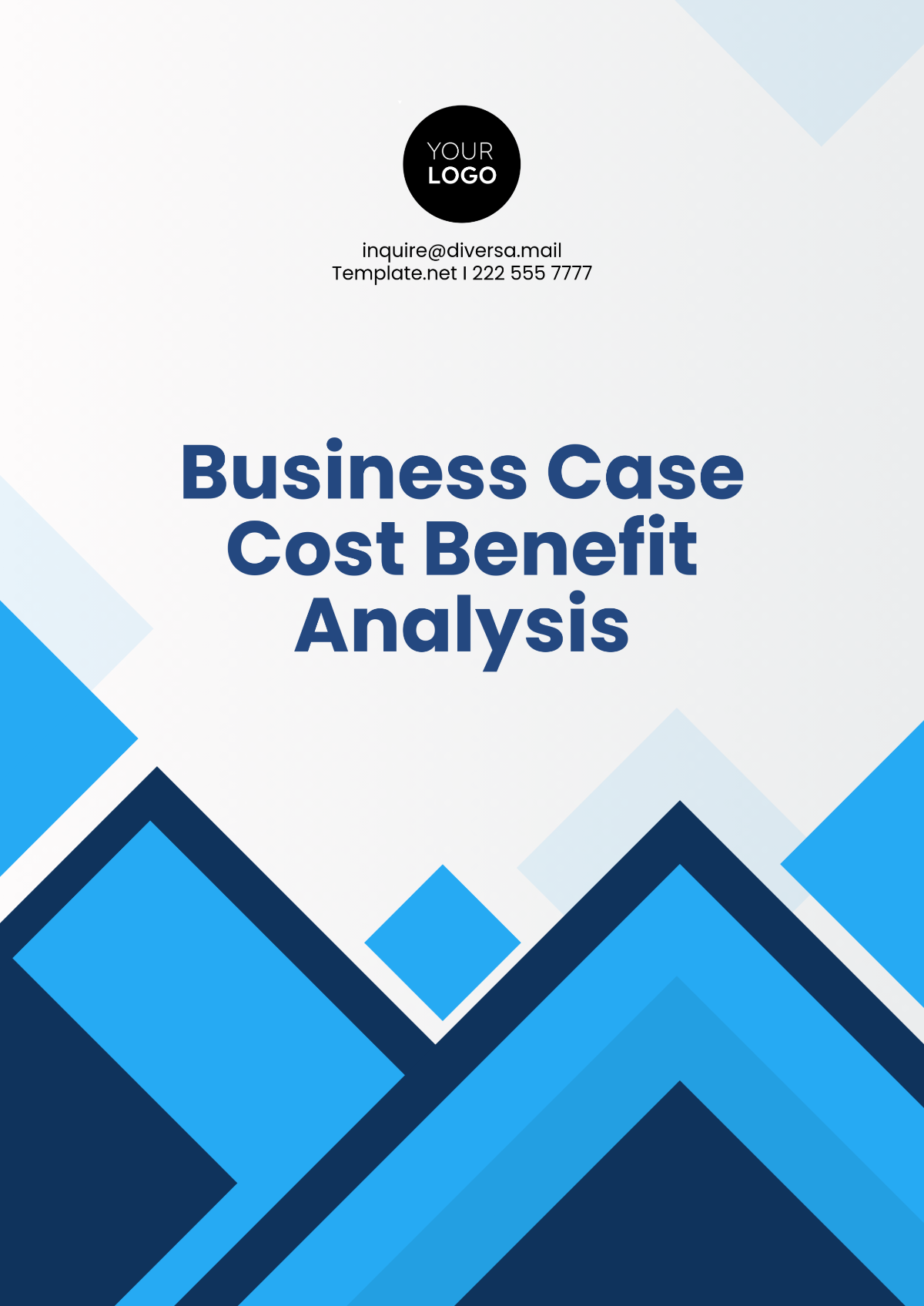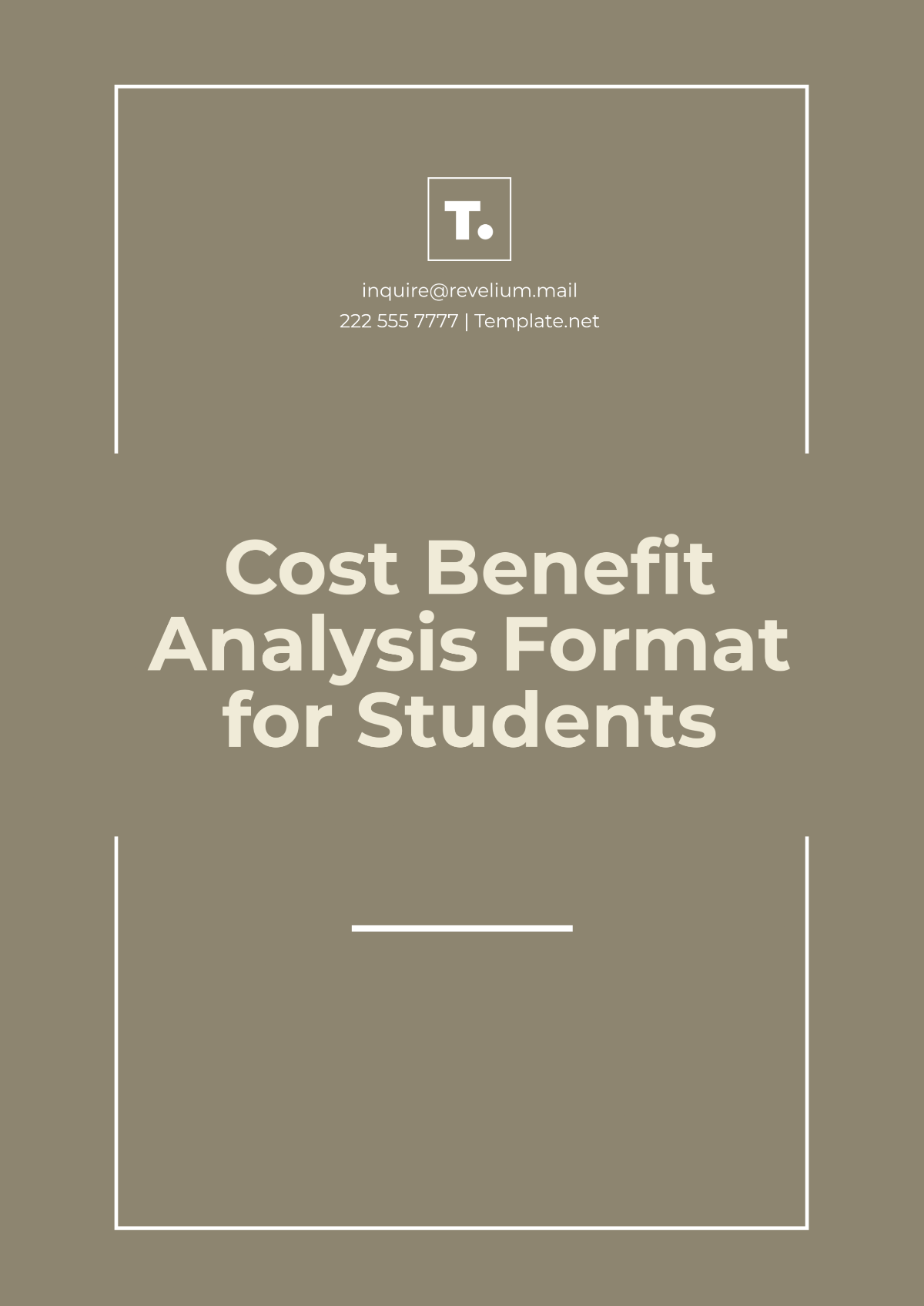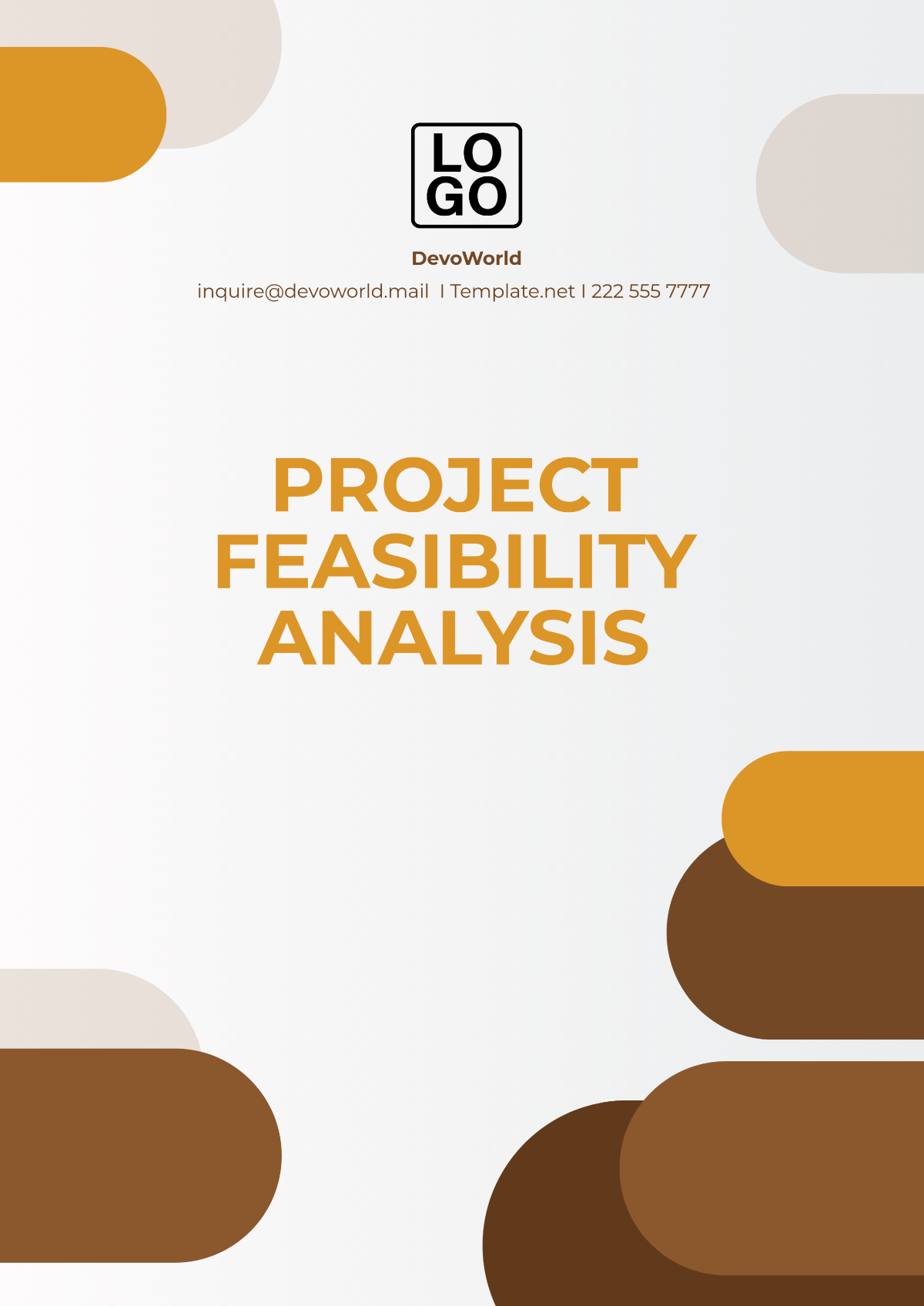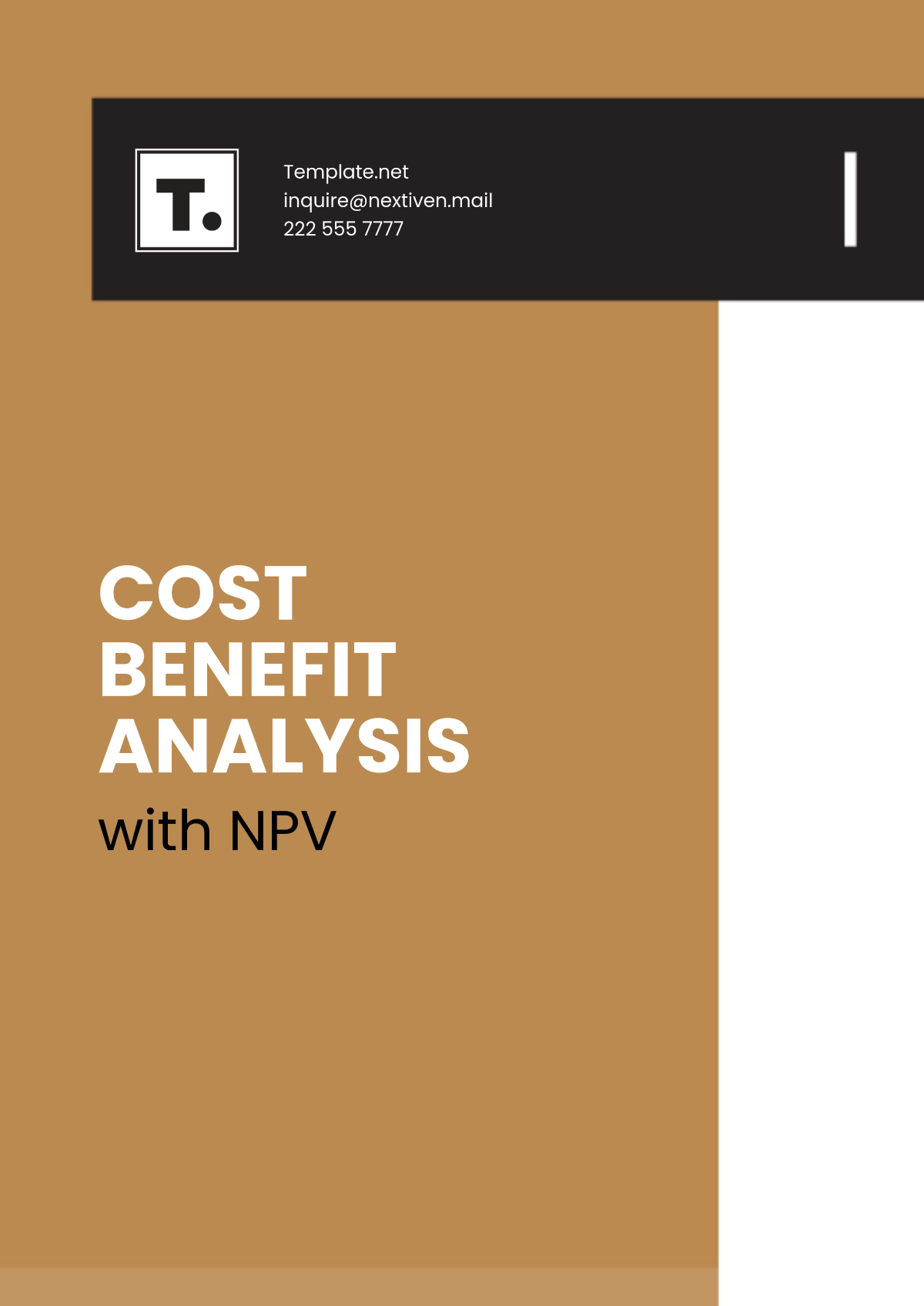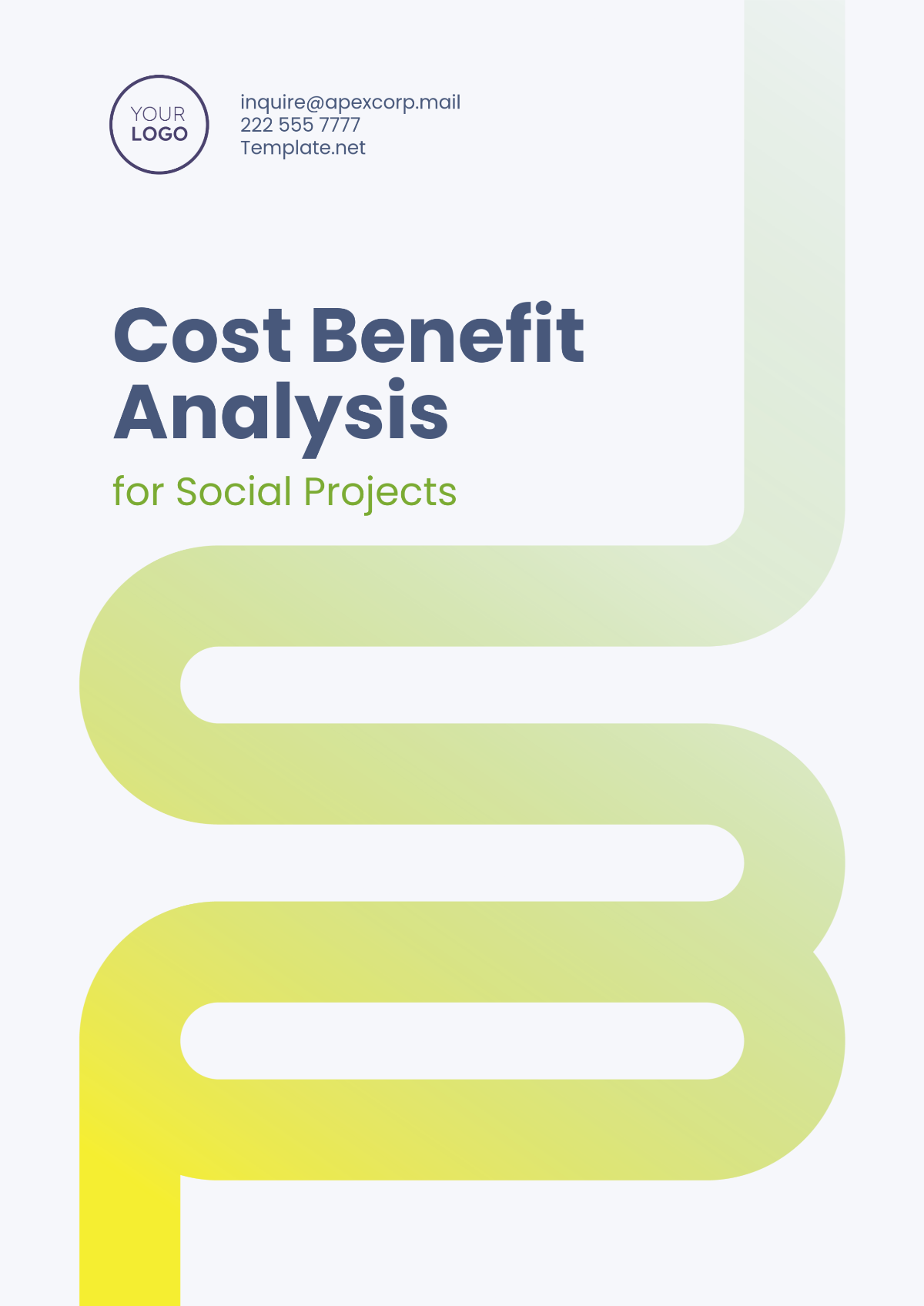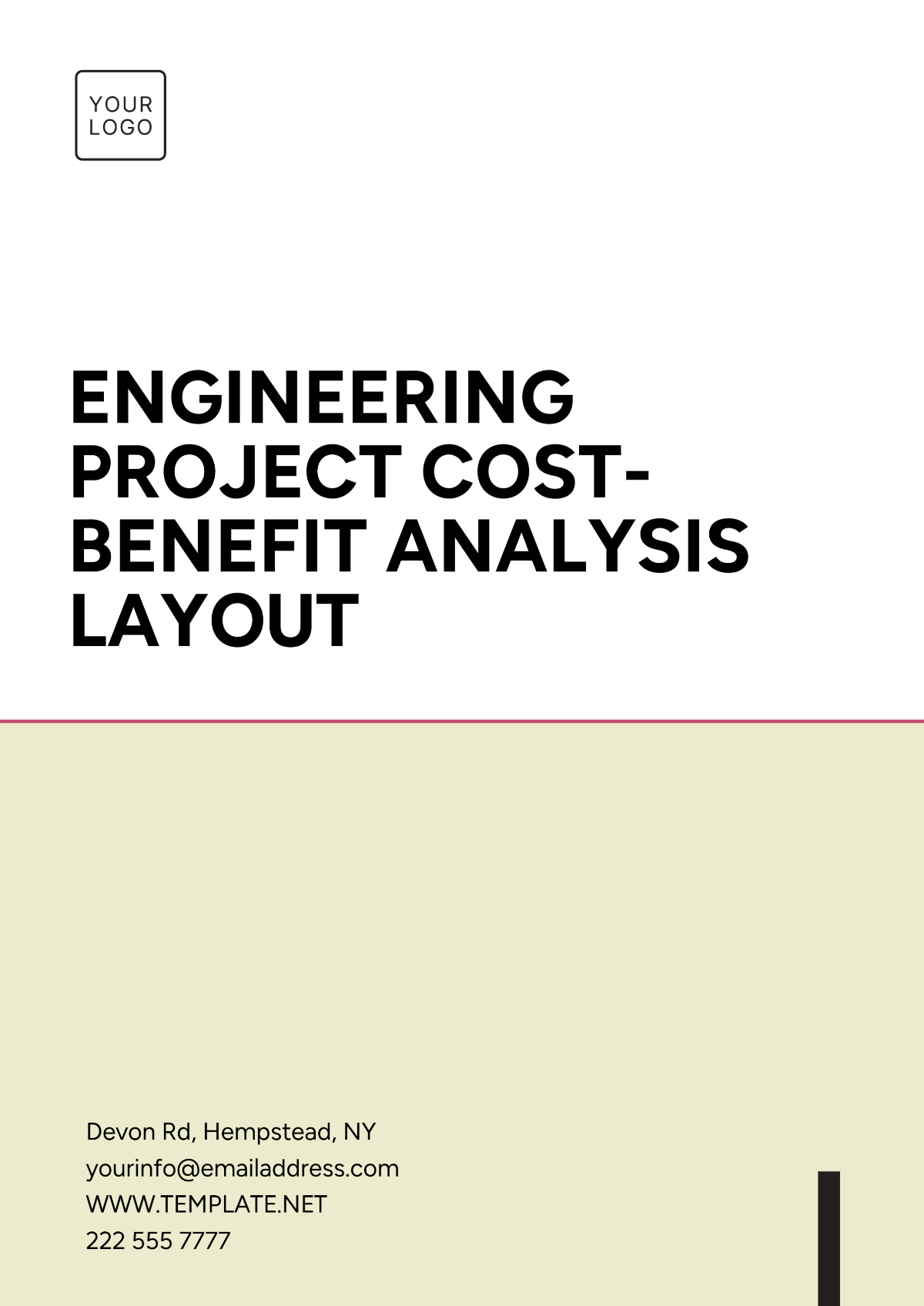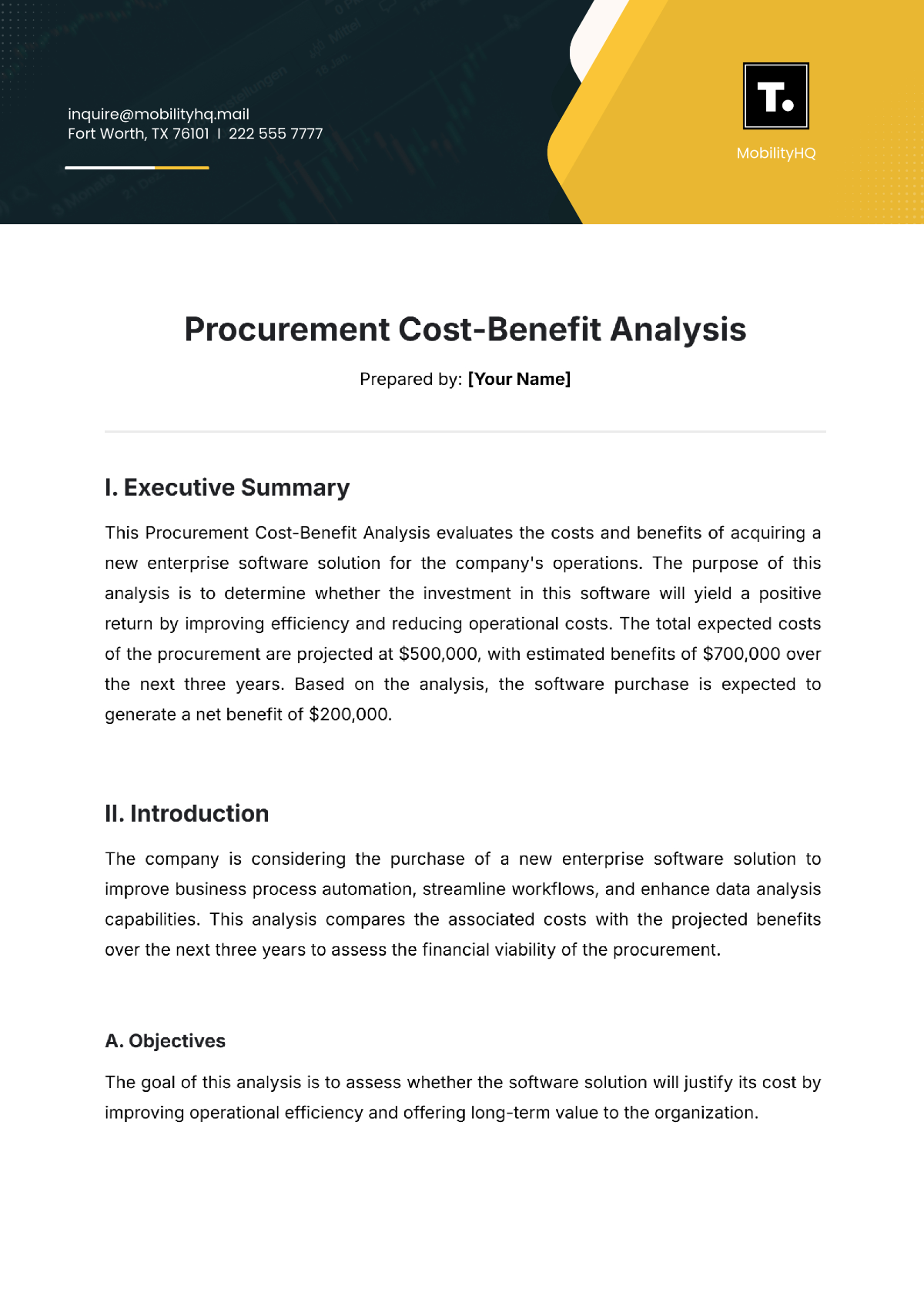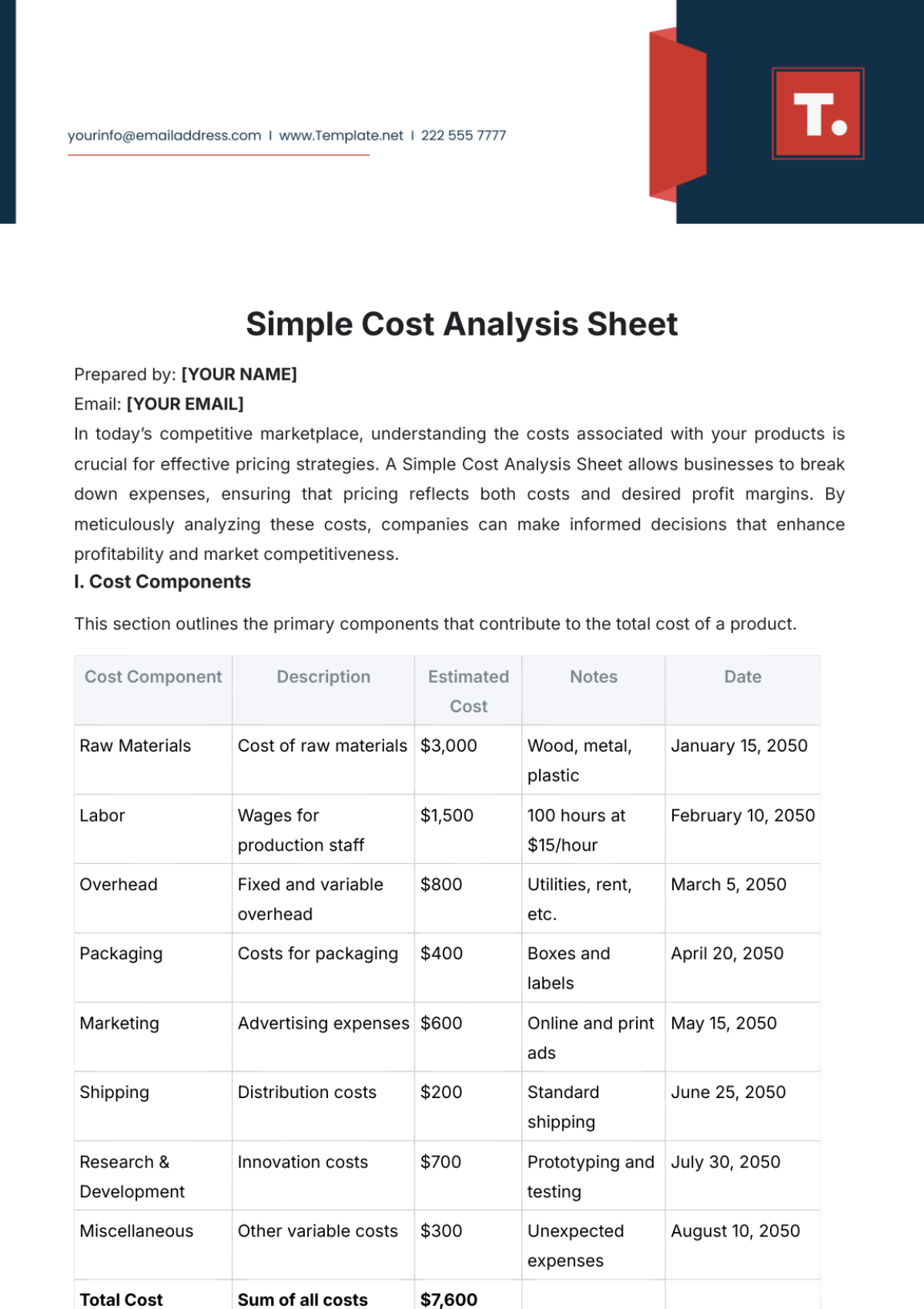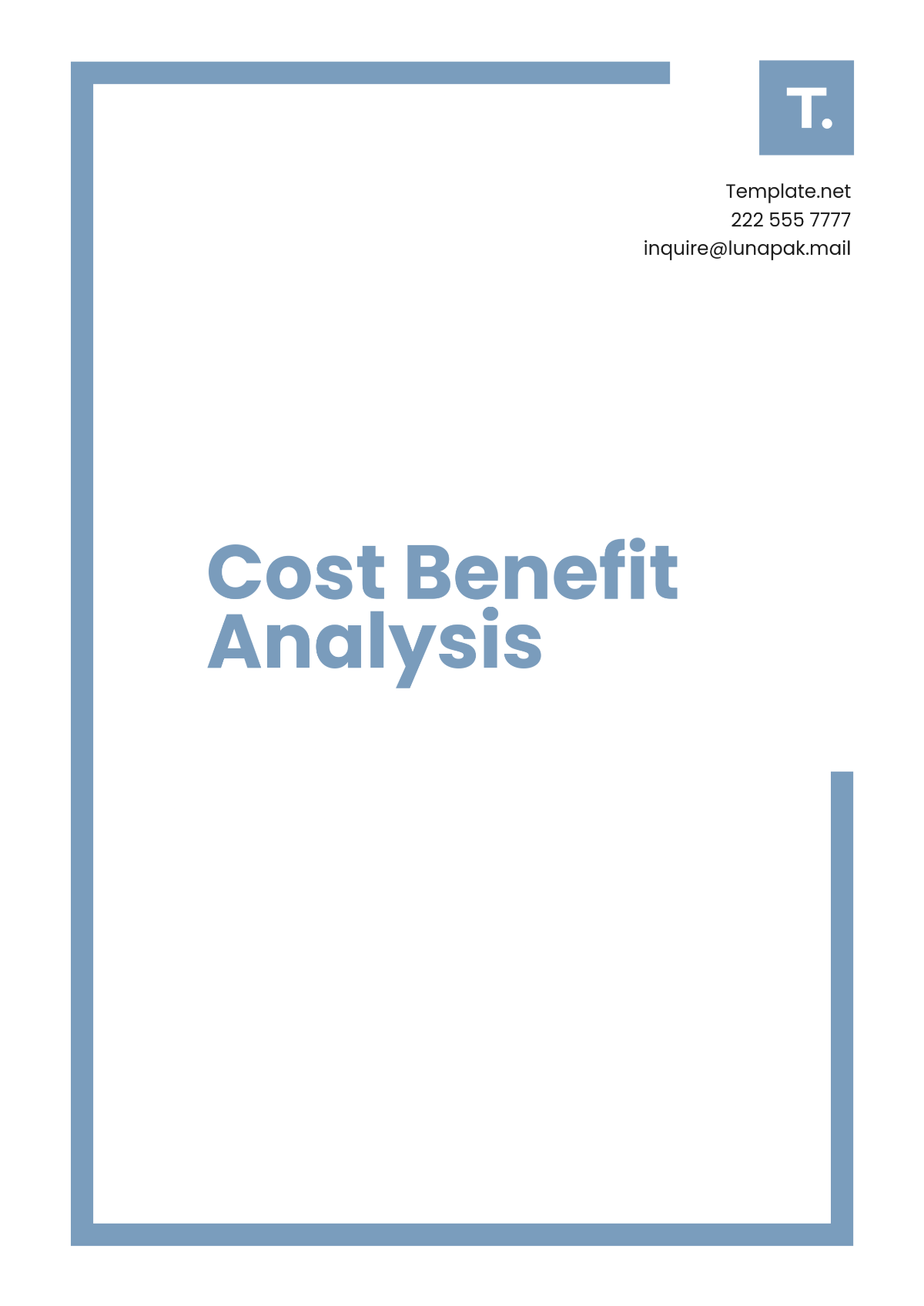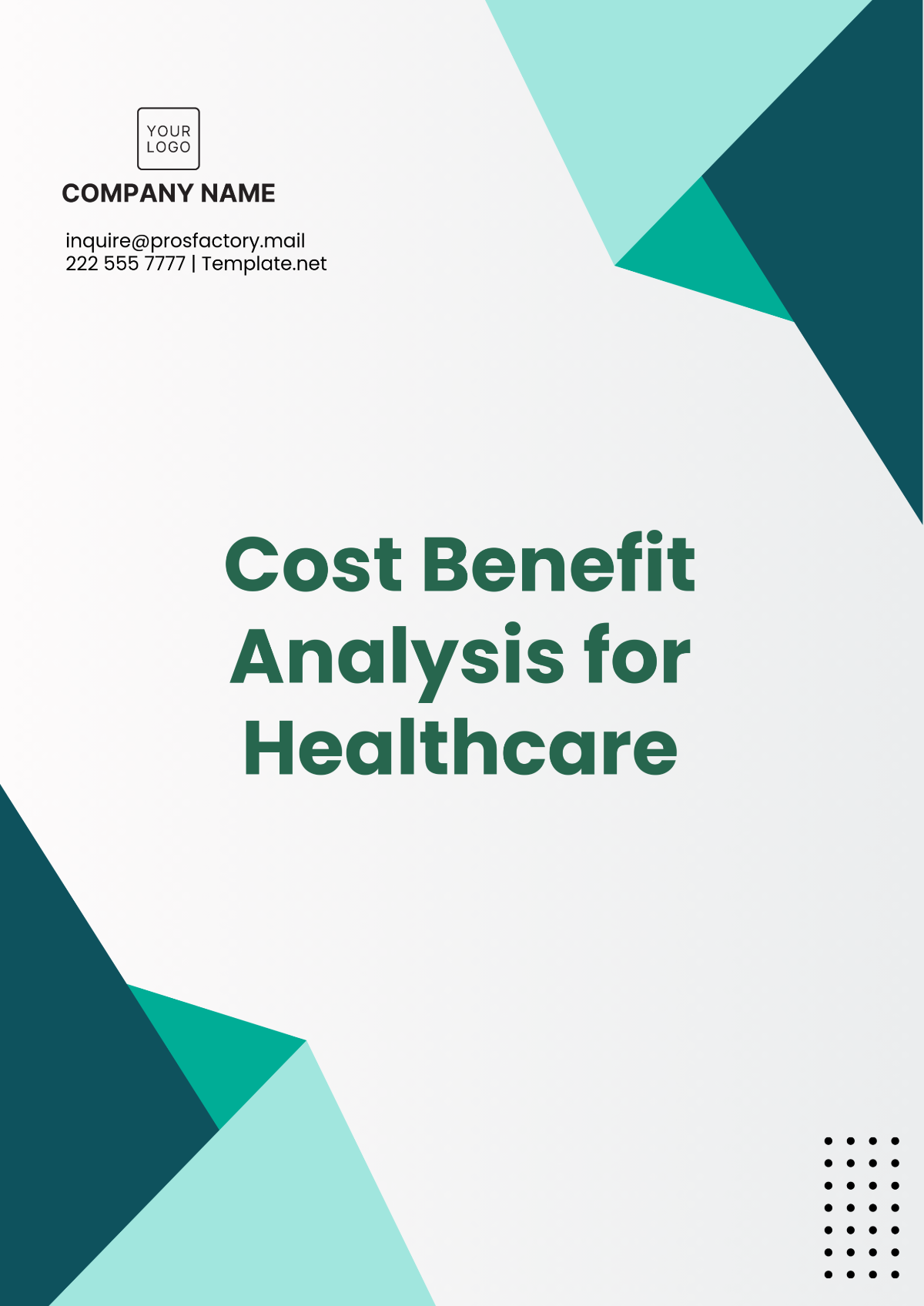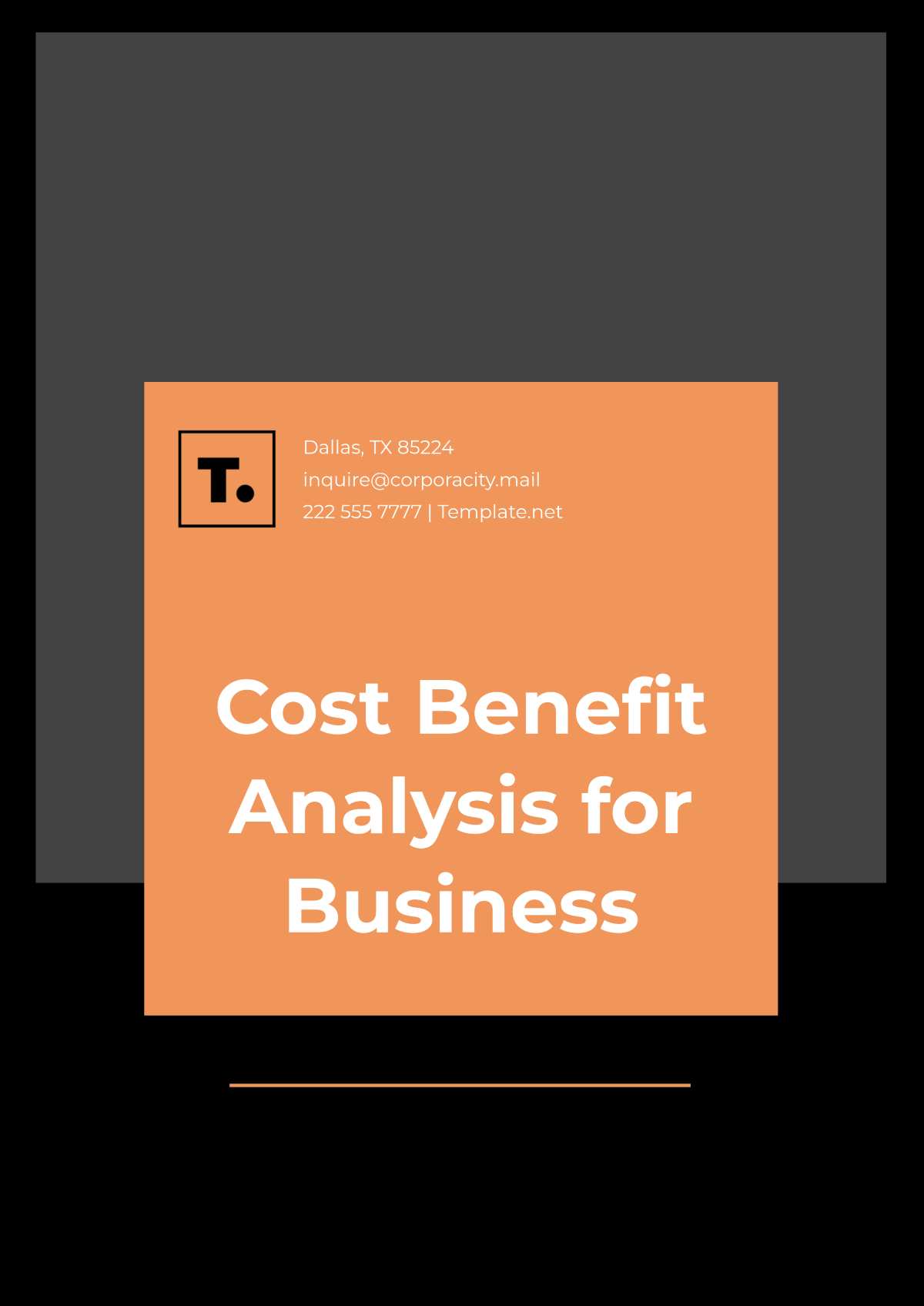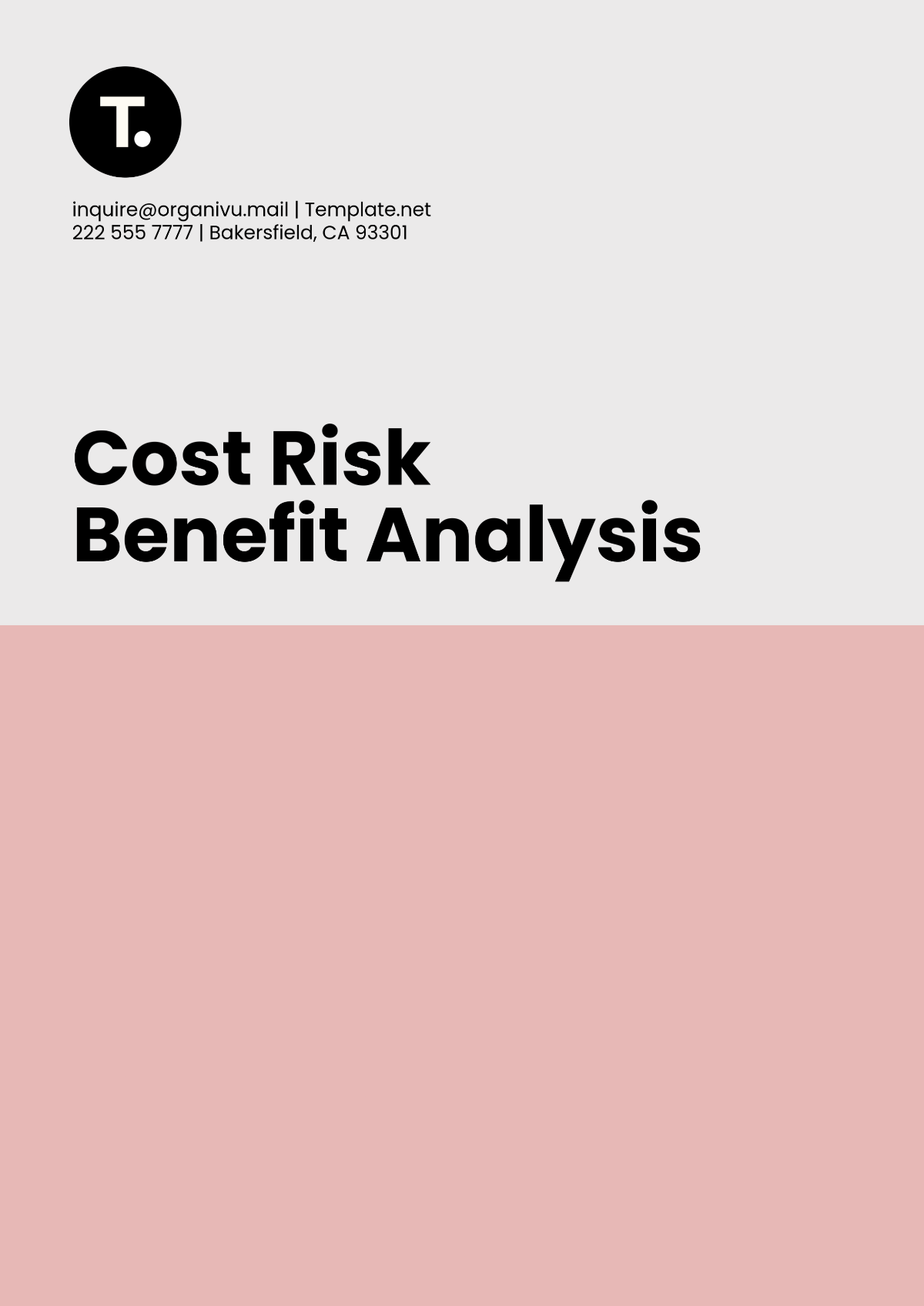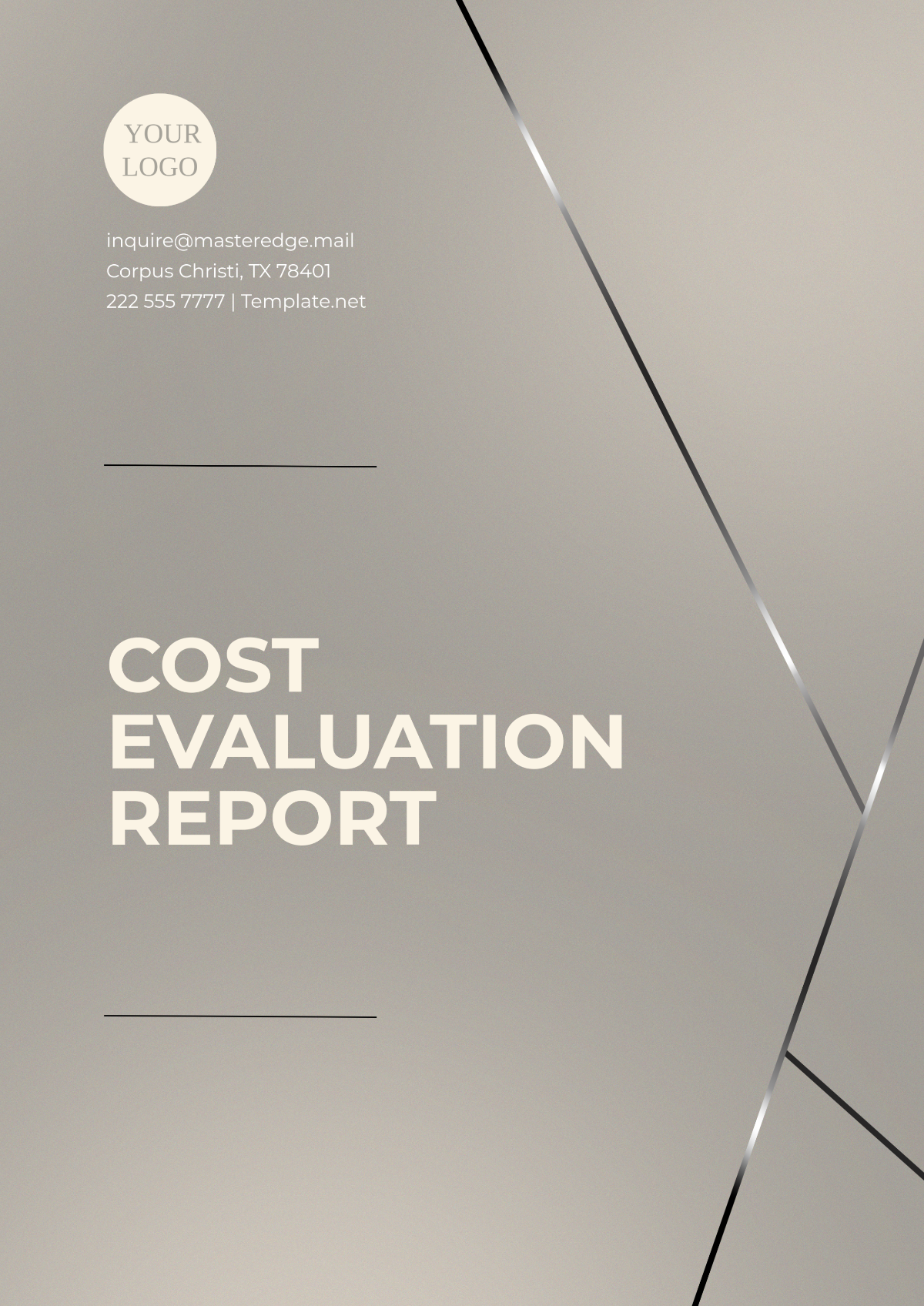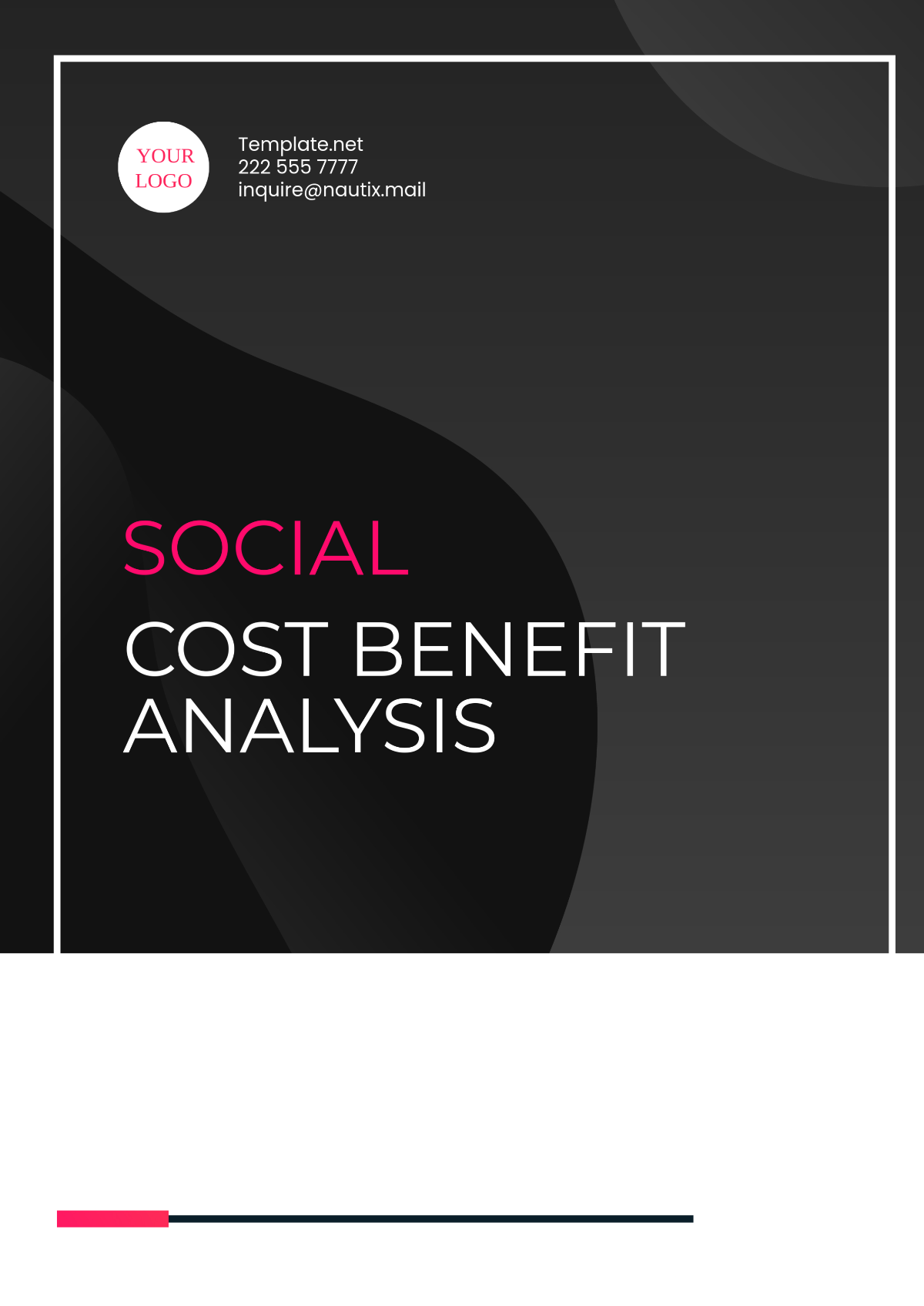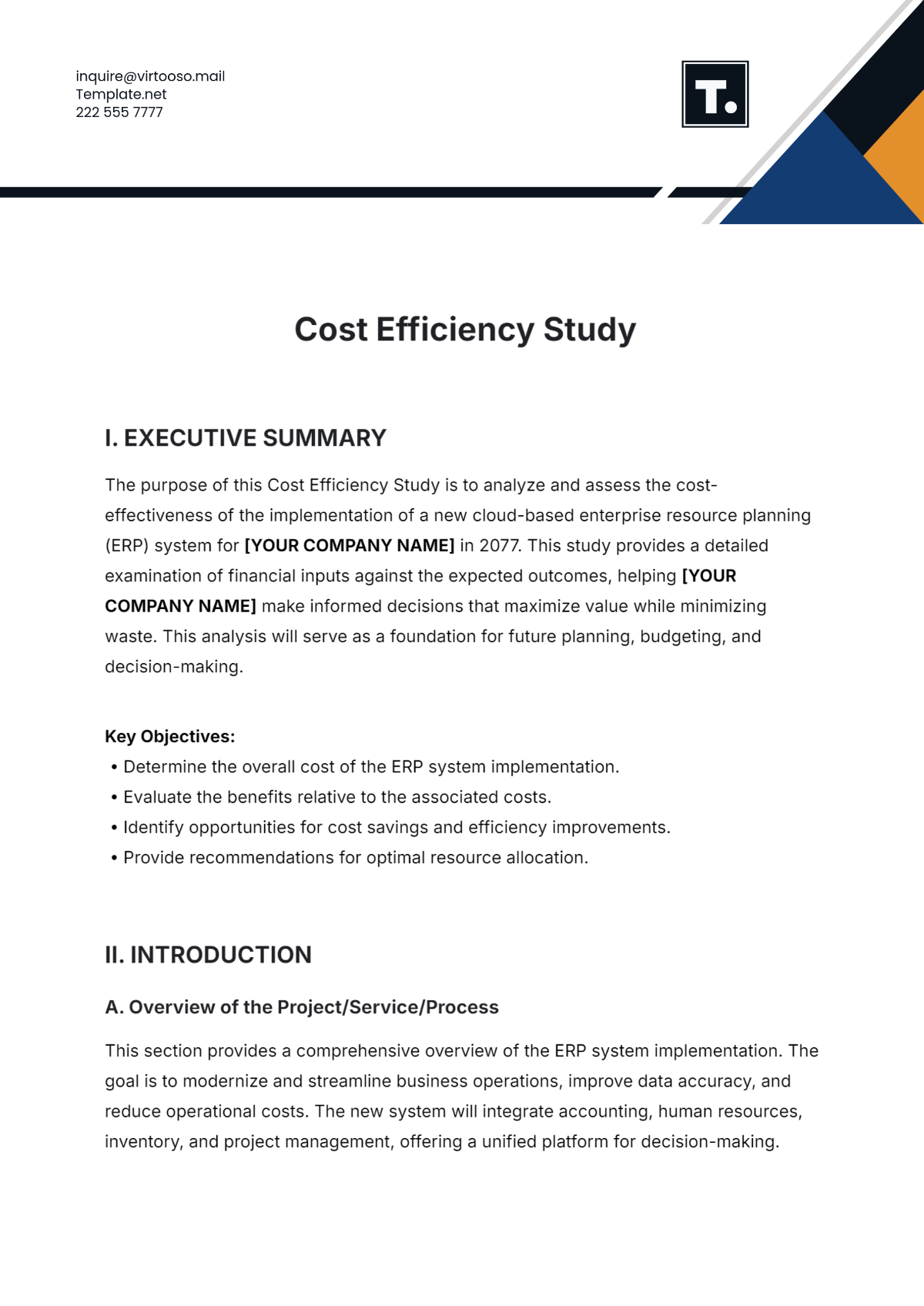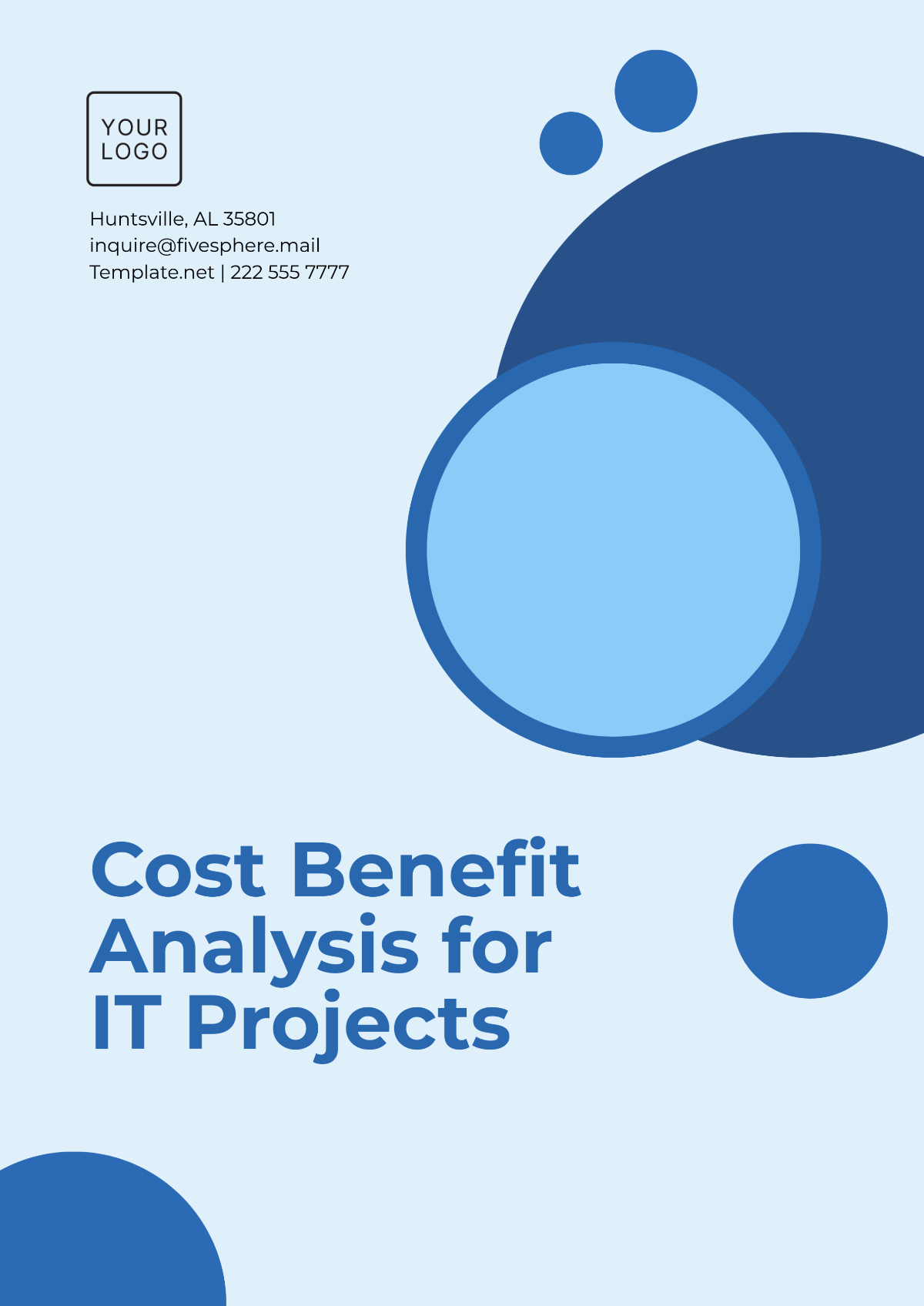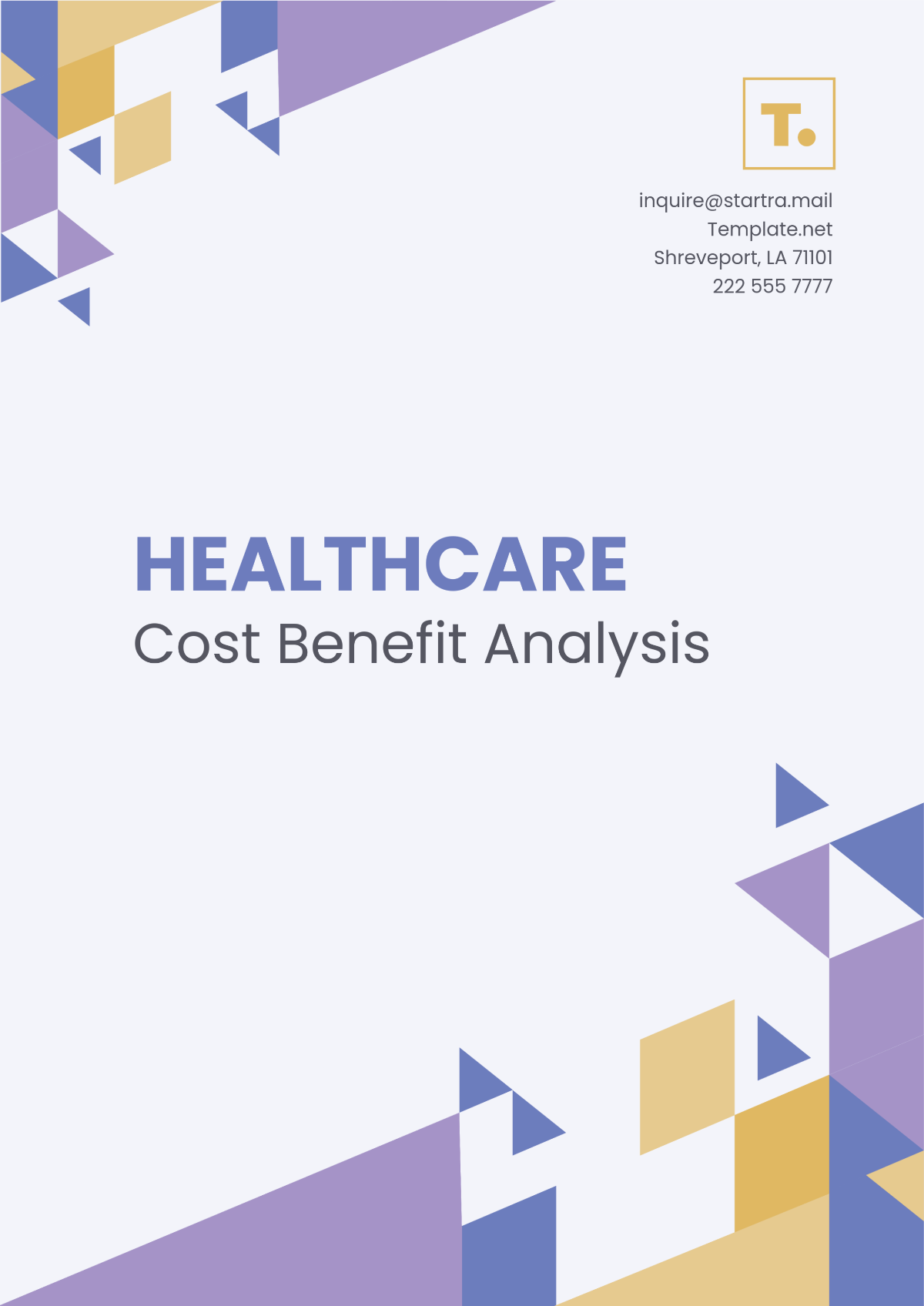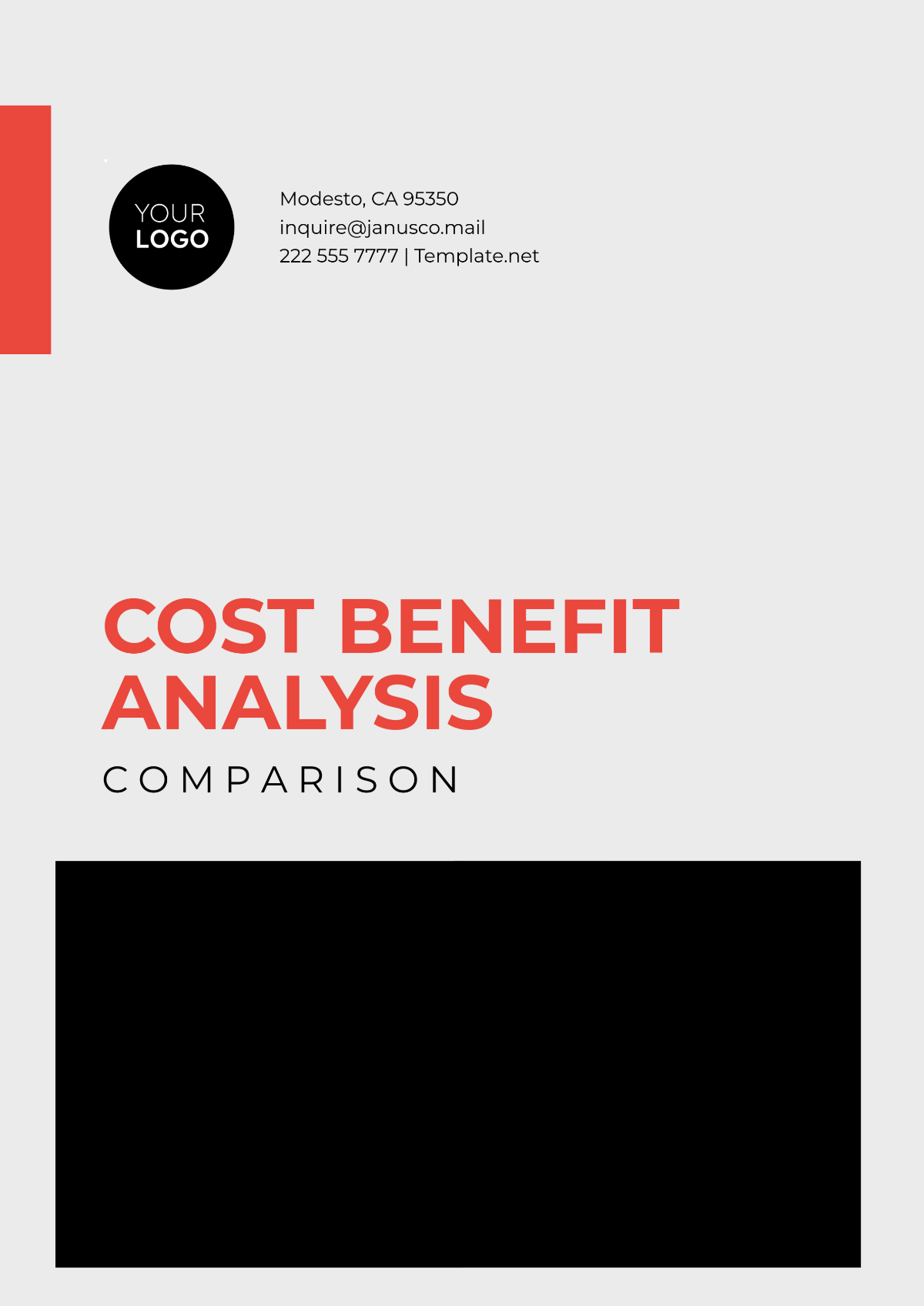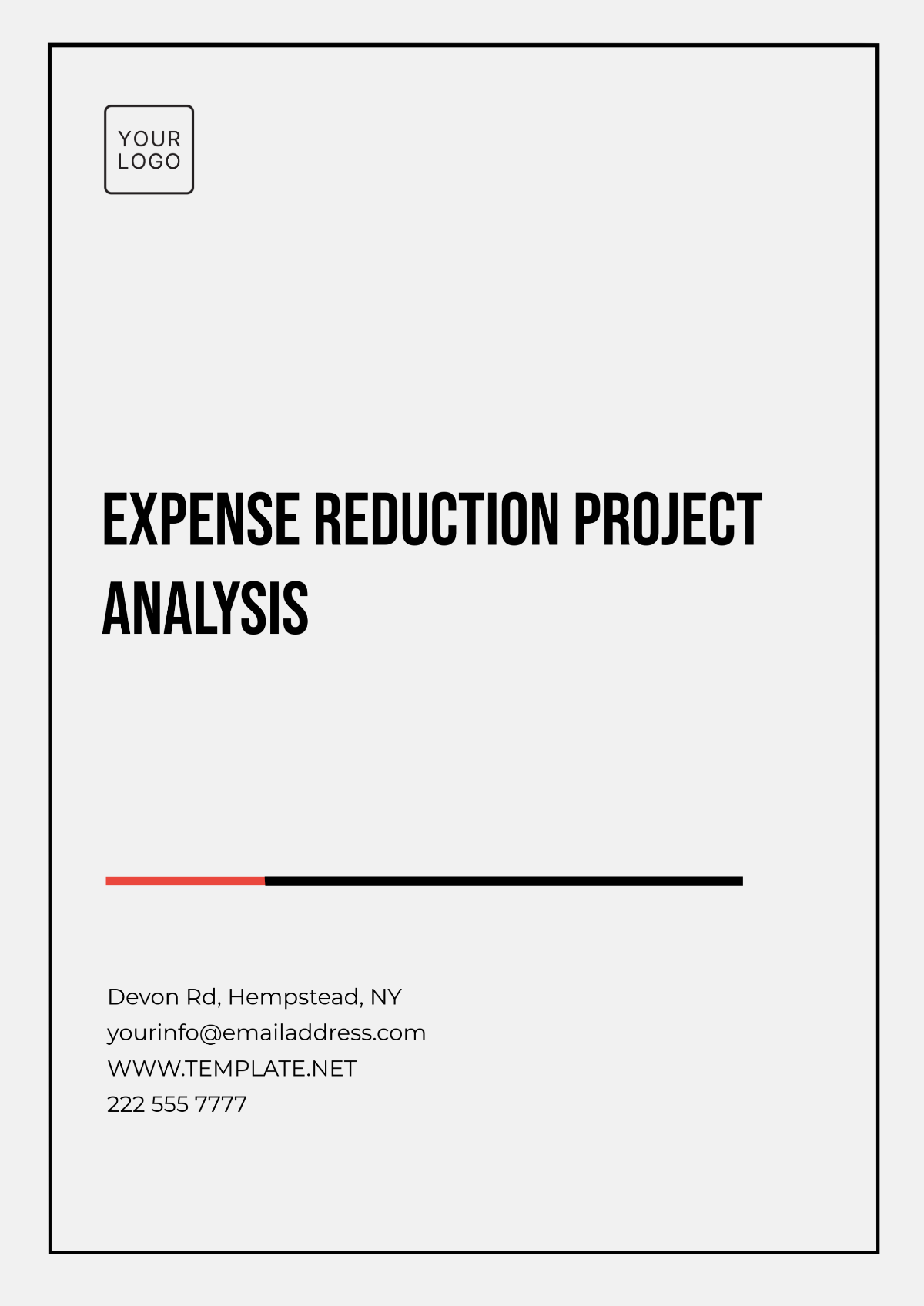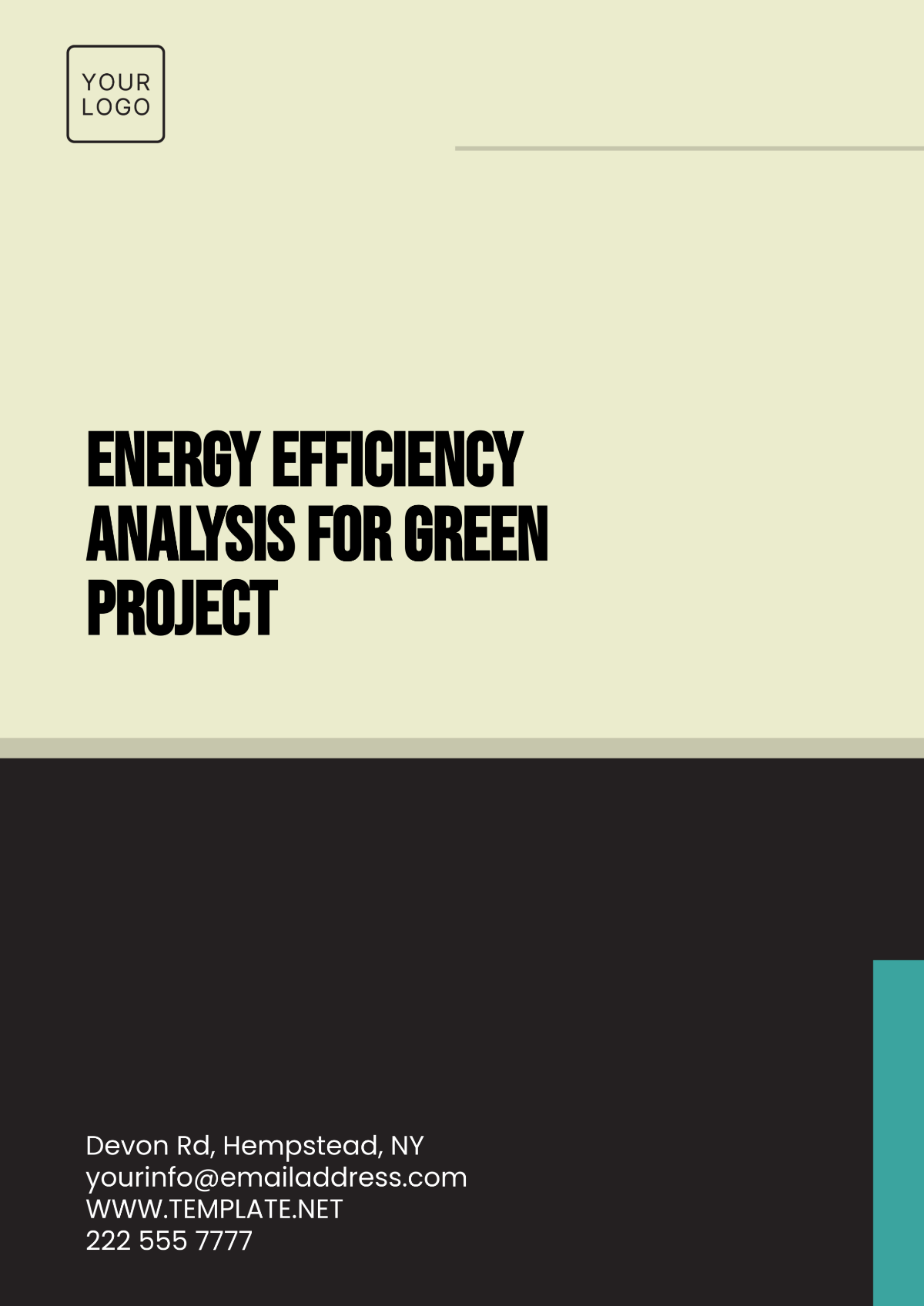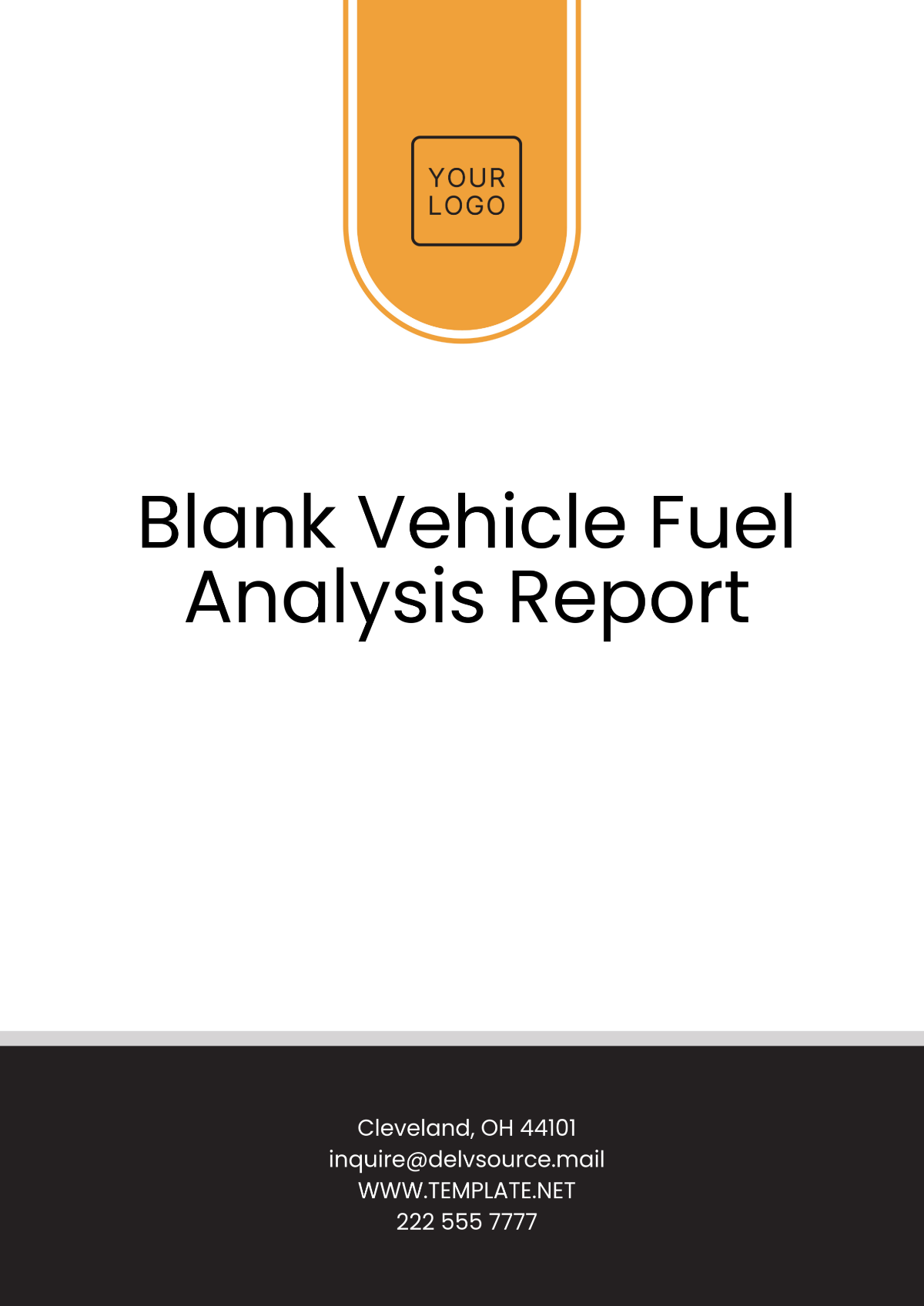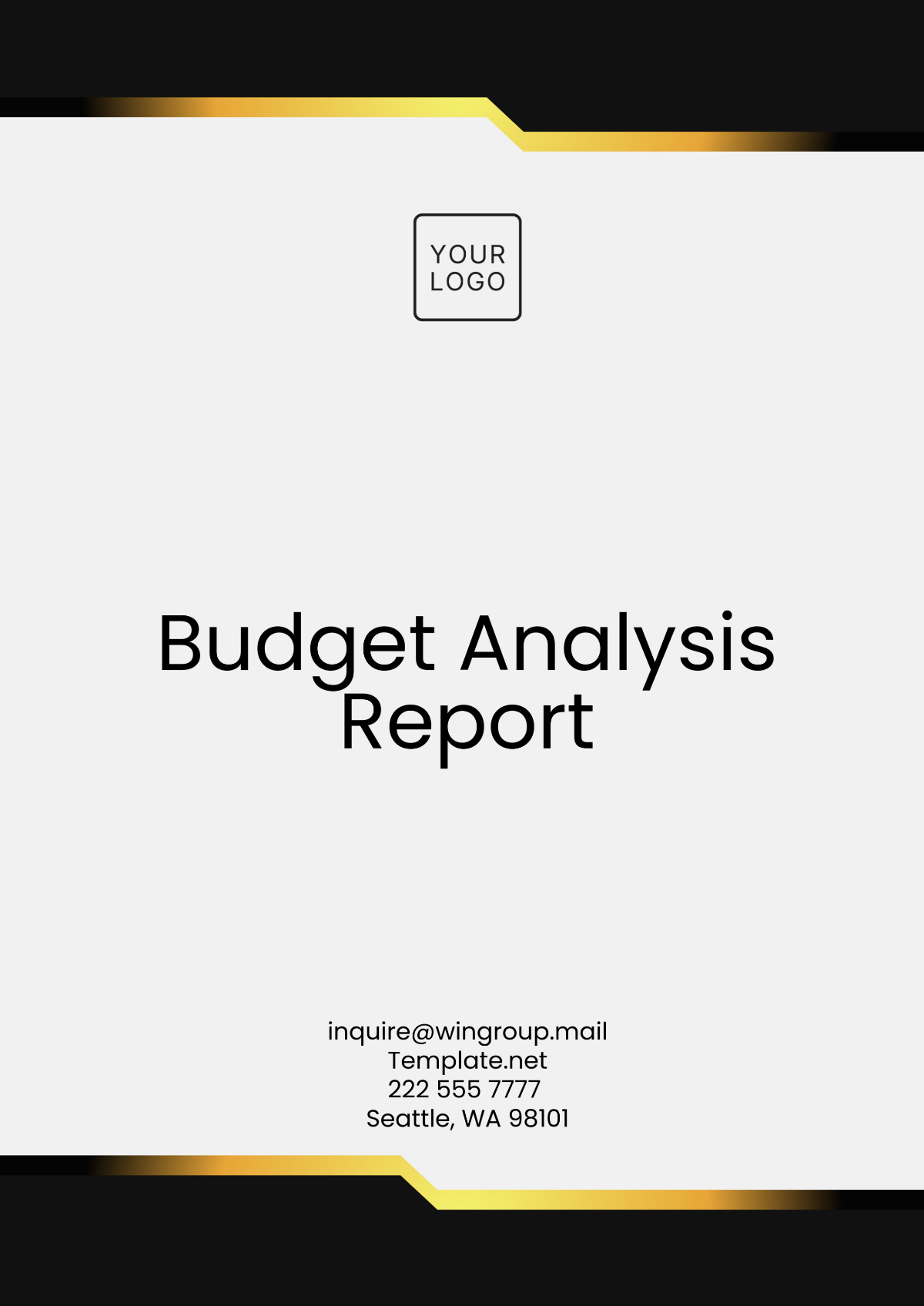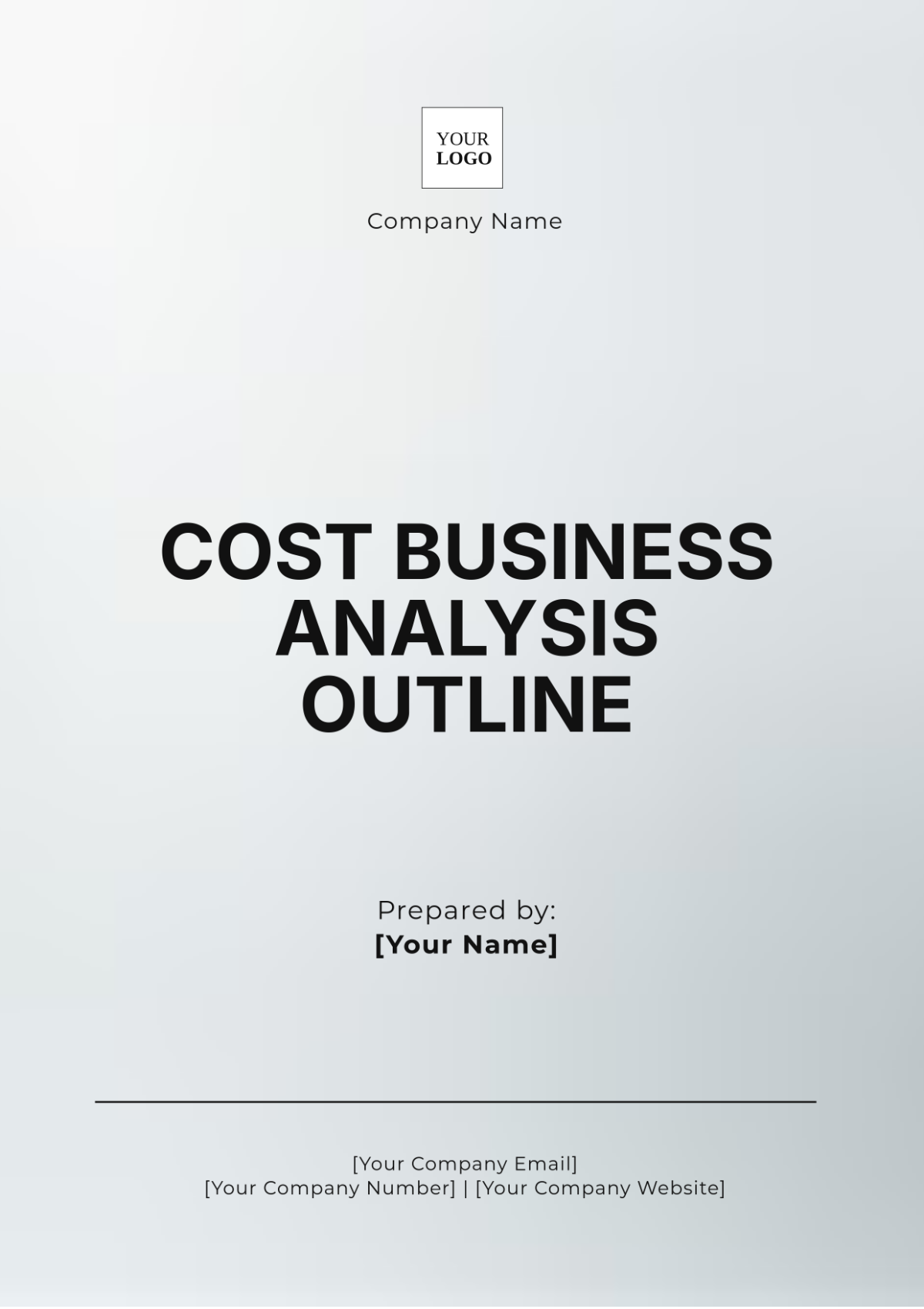ENGINEERING PROJECT COST-BENEFIT ANALYSIS LAYOUT
Prepared By:[Your Name]
Date:[Date]
Introduction
Conducting a cost-benefit analysis is a crucial aspect of engineering project management. It involves comparing the costs and benefits associated with a project to determine its feasibility and overall value. A well-structured cost-benefit analysis helps stakeholders make informed decisions based on quantitative and qualitative data.
Project Overview
The project under analysis is the development of a renewable energy infrastructure to support sustainable growth. The project aims to reduce energy dependence on fossil fuels by leveraging solar and wind technology.
Objective
The primary objective of this cost-benefit analysis is to evaluate the financial and non-financial benefits of the proposed engineering project, ensuring that they outweigh the associated costs and potential risks. This analysis will ultimately inform decision-making regarding project implementation.
Cost Analysis
Initial Investment Costs
The initial investment costs encompass all expenditures required to start the project. They include:
Site preparation and land acquisition
Equipment and technology procurement
Installation and commissioning
Initial consultancy and project management costs
Operational and Maintenance Costs
Operational and maintenance costs refer to the recurring expenses necessary for the day-to-day functioning and upkeep of the project. These include:
Staff salaries and wages
Routine maintenance and repairs
Utility and operational overheads
Insurance and compliance costs
Cost Data Representation
Cost Type | Amount (USD) |
|---|---|
Initial Investment | $5,000,000 |
Annual Operational Costs | $500,000 |
Annual Maintenance Costs | $200,000 |
Benefit Analysis
Tangible Benefits
Tangible benefits are measurable and quantifiable, providing direct financial advantages to the project. They include:
Reduction in energy costs
Revenue from energy sales
Tax incentives and subsidies
Intangible Benefits
Intangible benefits, while not directly measurable, add substantial value to the project. These benefits include:
Improved corporate reputation and brand value
Compliance with environmental regulations
Enhancement of community relations
Benefit Data Representation
Benefit Type | Estimated Annual Value (USD) |
|---|---|
Reduction in Energy Costs | $600,000 |
Revenue from Energy Sales | $400,000 |
Tax Incentives and Subsidies | $100,000 |
Risk Assessment
A comprehensive analysis of potential risks is essential in assessing the overall feasibility of the project. Key risk factors include:
Fluctuation in energy prices
Technological obsolescence
Regulatory changes
Environmental impact and unforeseen ecological disruptions
Conclusion
The cost-benefit analysis performed indicates that the benefits derived from the engineering project substantially outweigh the associated costs. With a focus on both tangible and intangible benefits, alongside a thorough risk management plan, the project demonstrates strong potential for successful implementation and long-term value generation.
Recommendations
Based on the findings of the analysis, it is recommended to proceed with the project under the following considerations:
Enhanced focus on risk mitigation strategies
Regular review and adjustment of operational strategies
Continuous engagement with stakeholders for feedback and improvements
